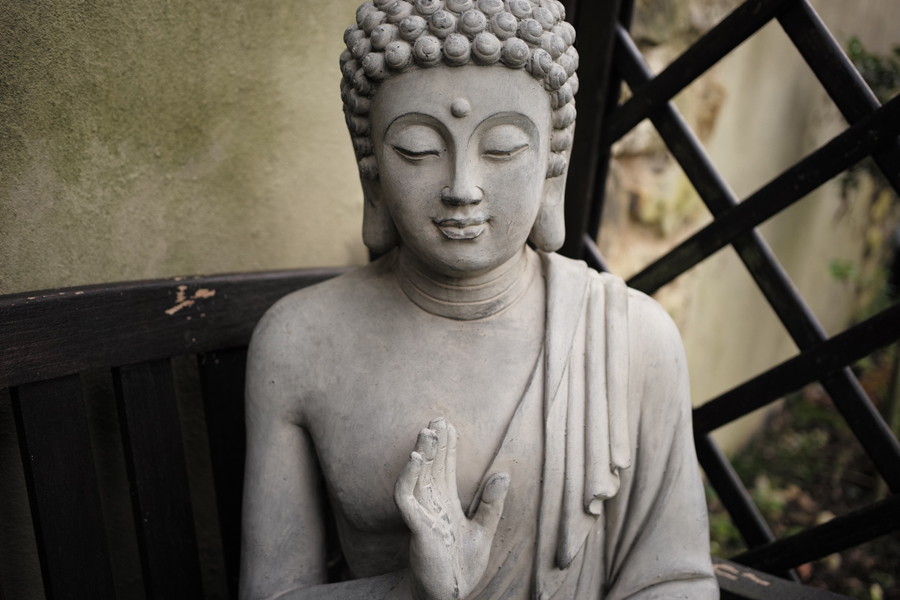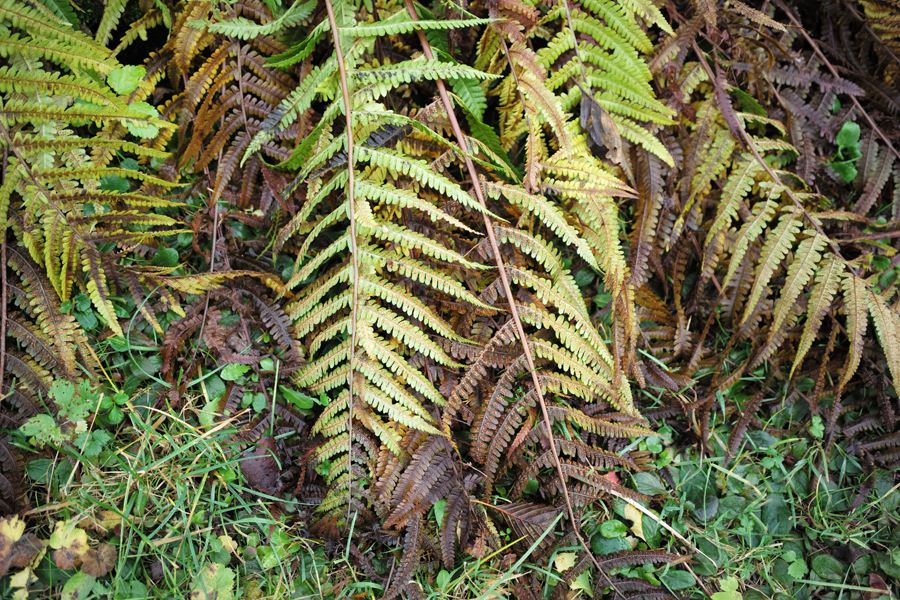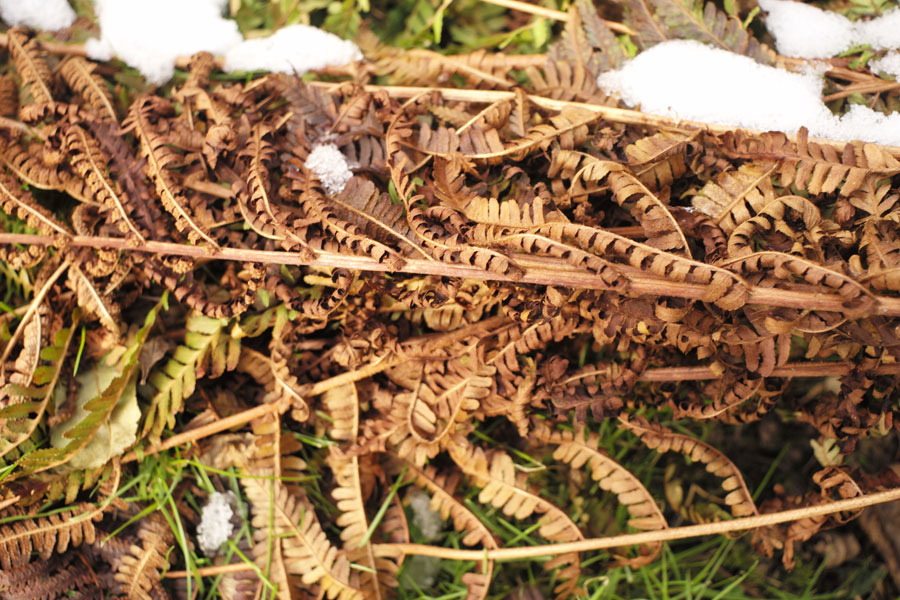Leica M (Typ 240): Zeiss 35mm f/2.8 versus Novoflex Noflexar 35mm f/3.5 (M42)
Introduction | Body with Lens Attached | Some Technical Data | Sample Images | Conclusions | Links
Archive
On these pages you can find my first personal experiences with the lenses at the Leica M (Typ 240) and more. This page is devoted to the Zeiss Biogon 35mm f/2.8 and theNovoflex Noflexar 35mm f/3.5 lenses, which the same focal length - and are therefore compared here. Please note that this is a "fun comparison" because using the Noflexar (in my situation) as a normal lens is not advisable - it is sharp only at the center in normal use (its other and recommended use is as a macro lens).
All lens pages: Voigtländer 15mm f/4.5 | Voigtländer 15mm f/4.5 III | Zeiss Biogon 21mm f/4.5 | Leica Elmarit-M 21mm f/2.8 ASPH. | Leica Elmar-M 24mm f/3.8 ASPH. | Voigtländer 25mm f/4 (M39) | Minolta M-Rokkor 28mm f/2.8 | Zeiss Biogon 35mm f/2.8 | Novoflex Noflexar 35mm f/3.5 | Zeiss Sonnar 50mm f/1.5 | Voigtländer 75mm f/2.5 (M39) | Leitz Hektor 85mm f/2.5 (M39) | Leitz Elmar-C 90mm f/4 | Leitz Tele-Elmarit-M 90mm f/2.8 | Leitz Tele-Elmar 135mm f/4
See also: Zeiss Biogon 35mm f/2.8 - Novoflex Noflexar 35mm f/3.5
Introduction
On this page, I compare the Zeiss Biogon 35mm f/2.8 and theNovoflex Noflexar 35mm f/3.5 lenses. Both lenses have the same focal length and a similar maximum opening. Note that my sample of the Noflexar is the M42 version (COWEIT). It has to be used with an M42-to-Leica M adapter at the Leica M. I bought a Novoflex LEM/CO adapter for this purpose.
The main reason for this "fun comparison" is to show the fuzziness of the Noflexar in comparison to a normally working lens. The reason for the fuzziness of the Noflexar is still open for me. On the one hand, the Novoflex LEM/CO adapter does not seem to fit optimally so that the lens has issues with infinity. On the other hand, there are problems with this lens at the right edge, which might be an indication of a decentered lens...
Note that this page does not include the complete close-up behavior of the lenses. This is not comparable and shown on the pages for the respective lenses.
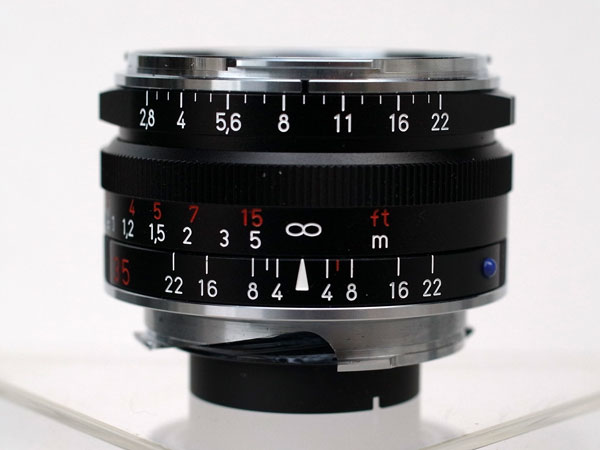 |
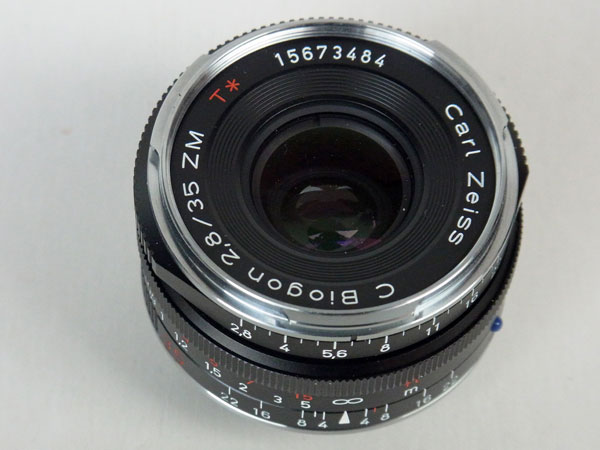 |
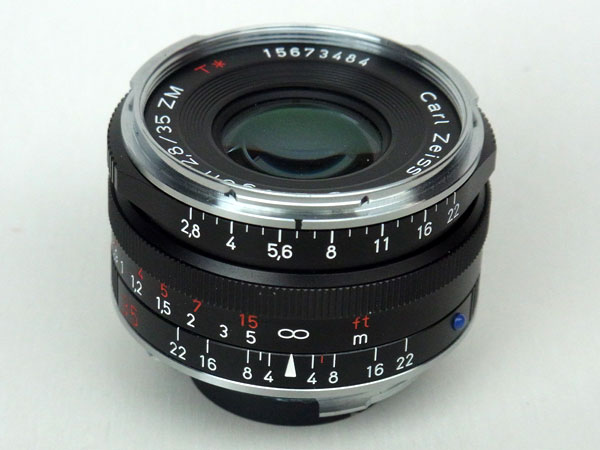 |
||
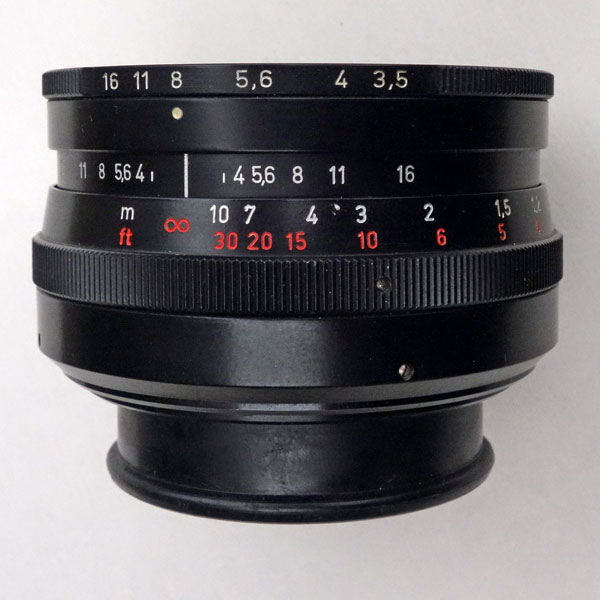 |
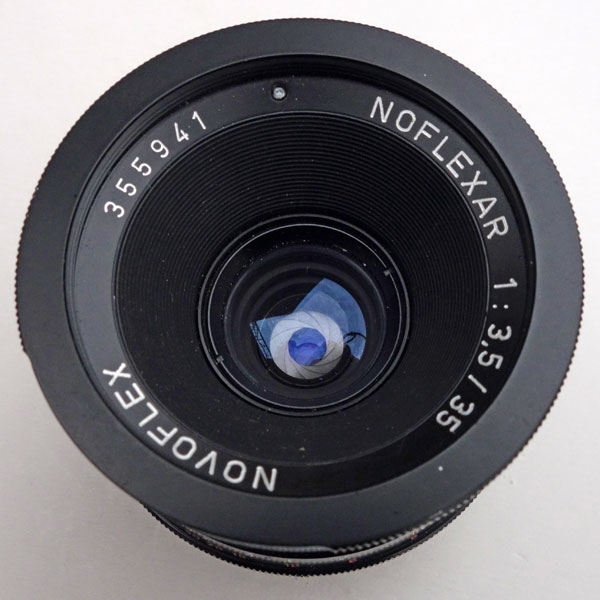 |
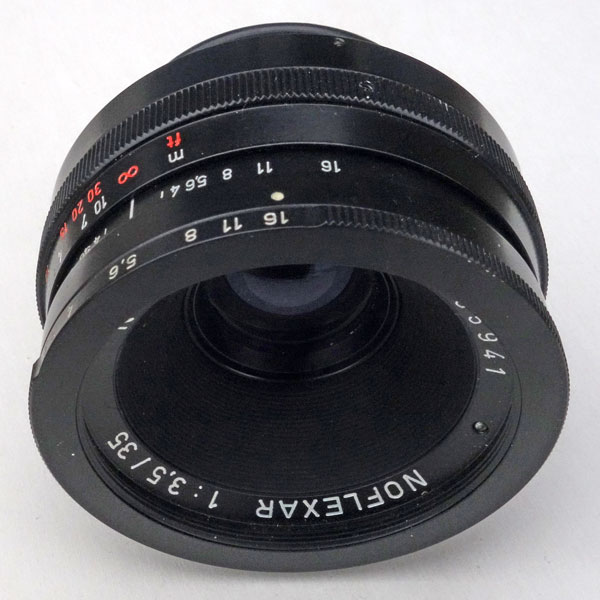 |
Photos: Zeiss Biogon T* C 35mm f/2.8/35 ZM lens (top row) and Novoflex Noflexar 35mm f/3.5 lens (bottom row)
Body with Lens Attached
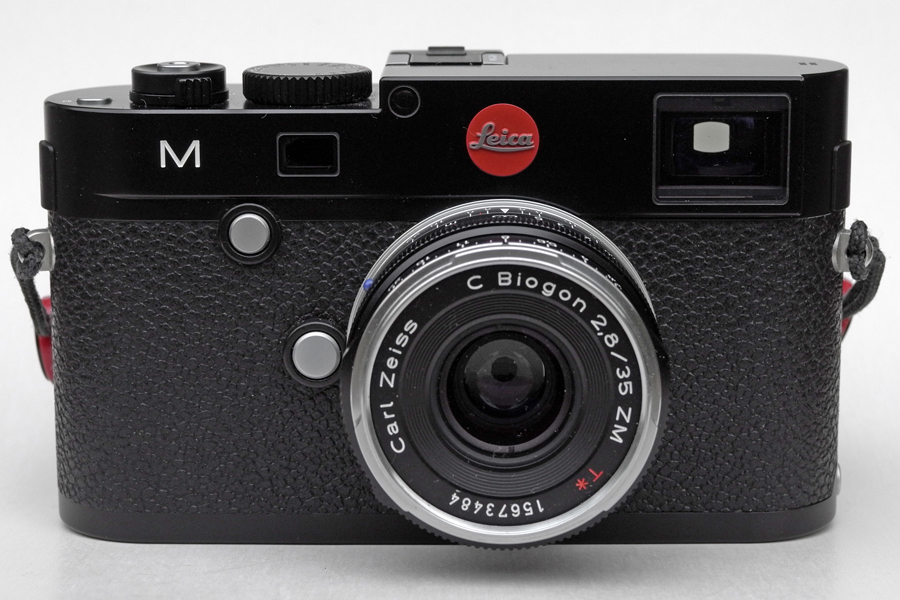 |
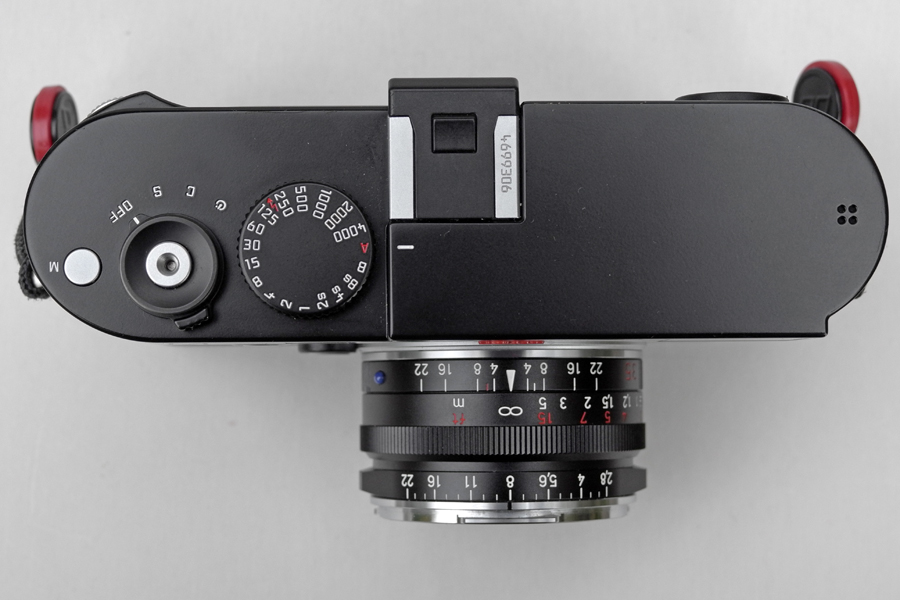 |
|
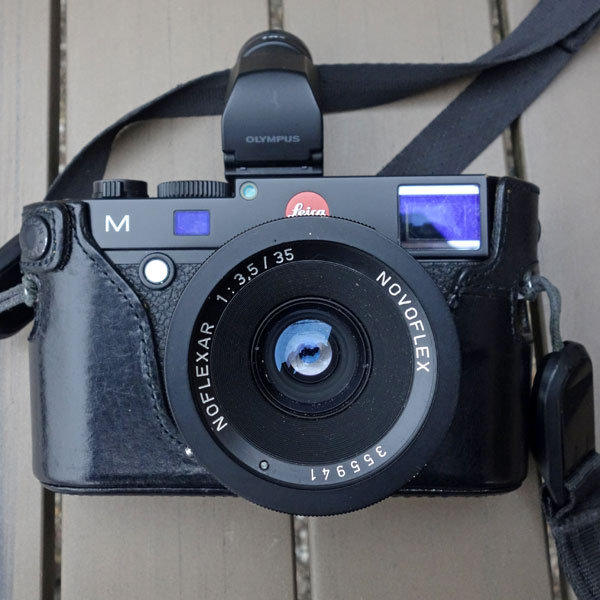 |
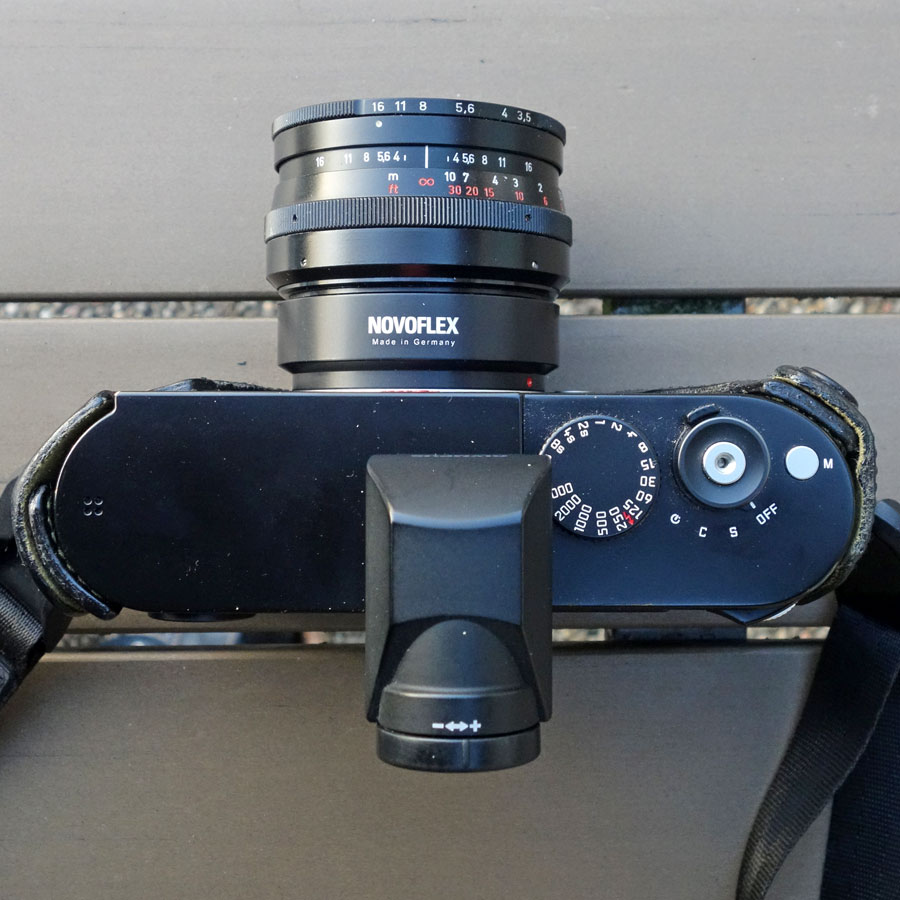 |
Photos: Leica M (Typ 240) with Zeiss Biogon 35mm f/2.8 lens (top row) and with Novoflex Noflexar 35mm f/3.5 lens (bottom row)
Some Technical Data
| Data | Zeiss Biogon 35mm f/2.8 | Novoflex Noflexar 35mm f/3.5 |
| Focal length | 35 mm | 35 mm |
| Angle of view (35mm film) | 62° diagonal | 63° diagonal |
| Maximum aperture | 2.8 | 3.5 |
| f-stop range | 2.8-22 | 3.5-16 |
| Number of iris blades | 10 | 10 |
| Number of lenses/groups | 7/5 | ?/4 |
| Shortest distance | 0.7 m | 40 cm (approx. 30 cm) |
| Weight | 200 g | 185 g / 194 g* / 255 g (with adapter)* |
| Length (with cap) | 55 mm | about 45 mm / 35 mm (collapsed) |
| Maximum diameter | 52 mm | 60 mm |
| Filter thread | 43 mm | 49 mm x 0.75 |
| Lens hood | does not have one | built-in |
| Smallest object field / magnification | 652 x 434 mm / 1:18.2 (calculated); 587 mm / 1:16.4 (from photo) | 265 mm / 1: 7.4 (from photo)** |
*) My own measurements (the LEM/CO adapter weighs 61 g); **) Used as "normal" lens without extending the lens barrel;
Sample Images
Below, I presents sample images taken with the Zeiss Biogon 35mm f/2.8 lens and the Novoflex Noflexar 35mm f/3.5 lens (the latter without extending the lense barrel). Most photos below were taken with f/8, which may not be the best choice... Also note that the results are probably specific to my sample of the lens, adapter, and camera.
Please note that it is important do download the original files if you want to judge the appearance of the fuzziness in the Noflexar photos. Click the images to view the original files in a new window.
Zeiss Biogon 35mm f/2.8 |
Novoflex Noflexar 35mm f/3.5 |
|
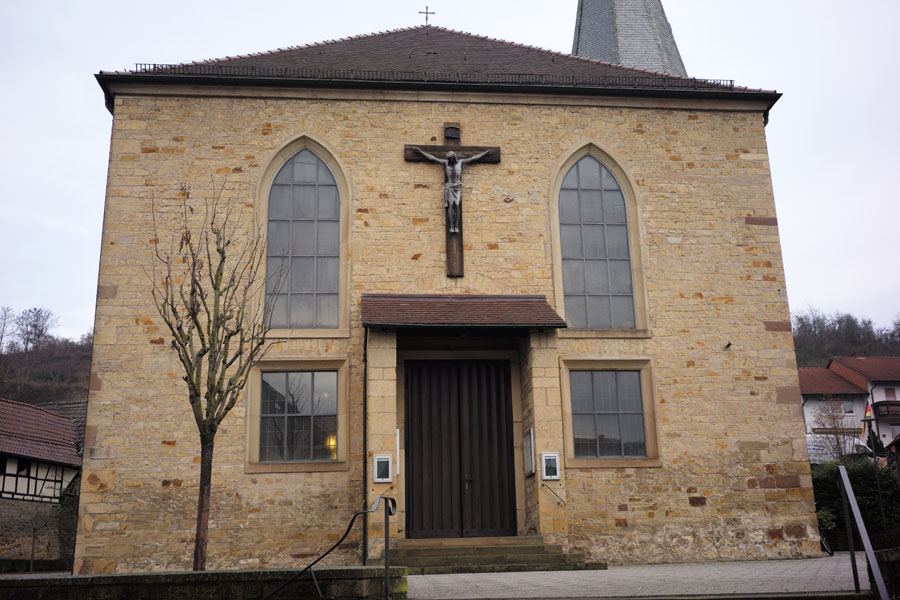 |
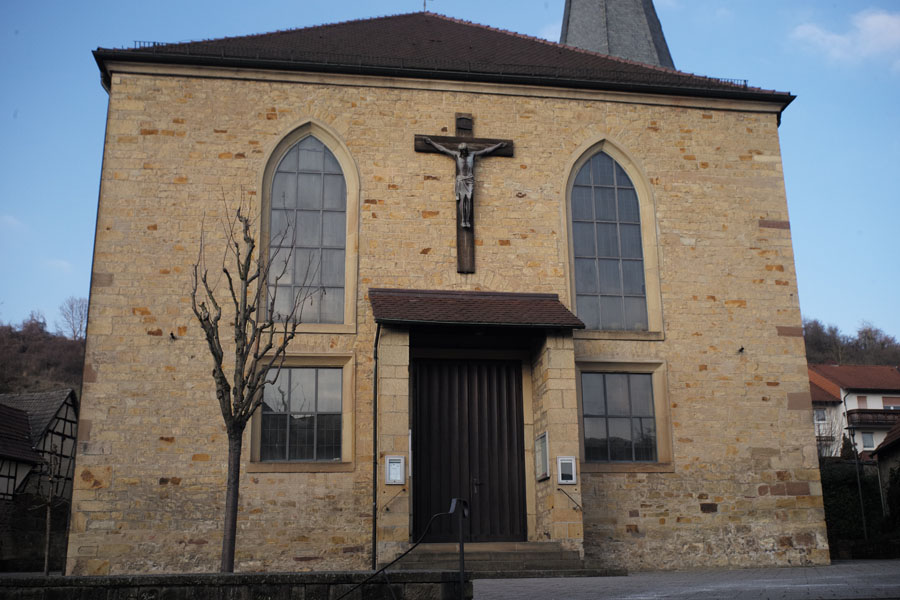 |
|
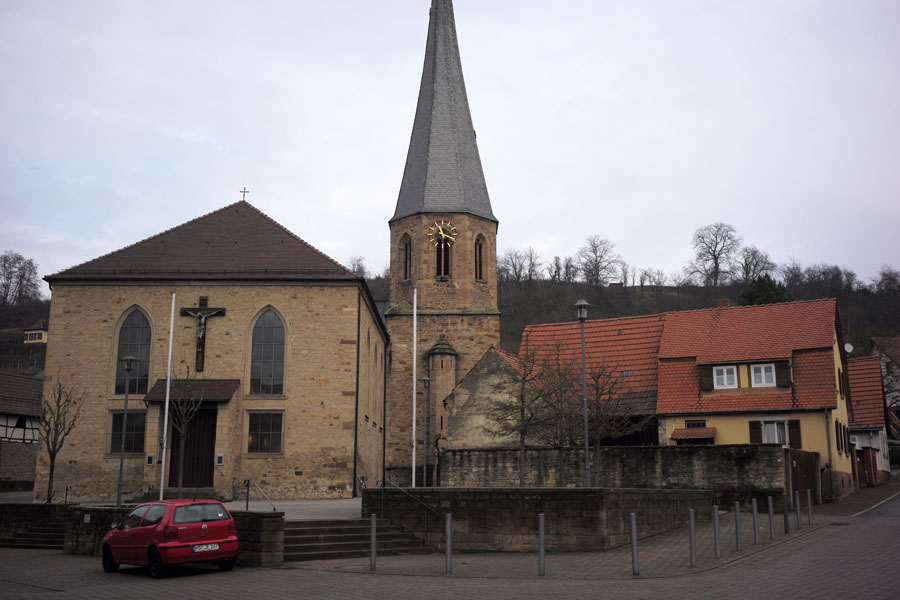 |
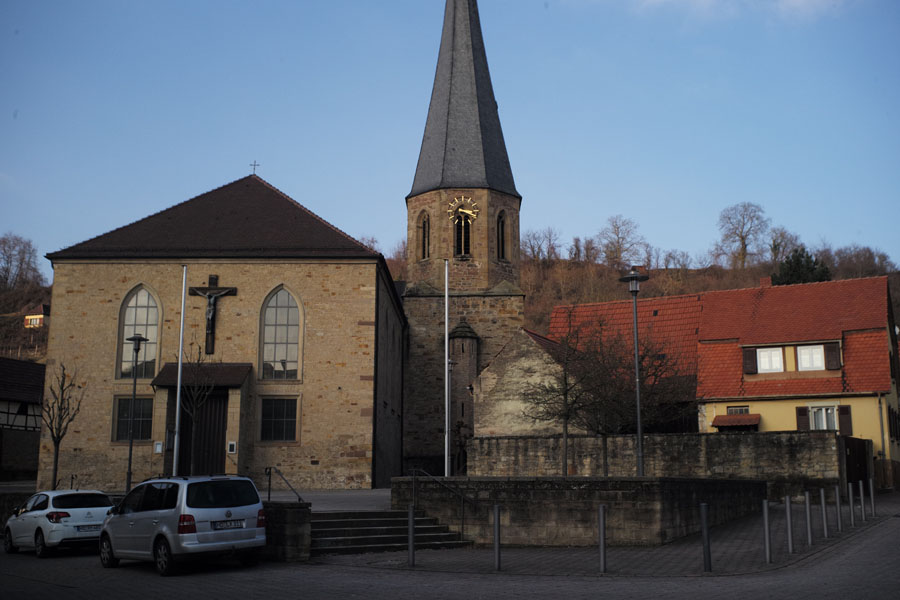 |
|
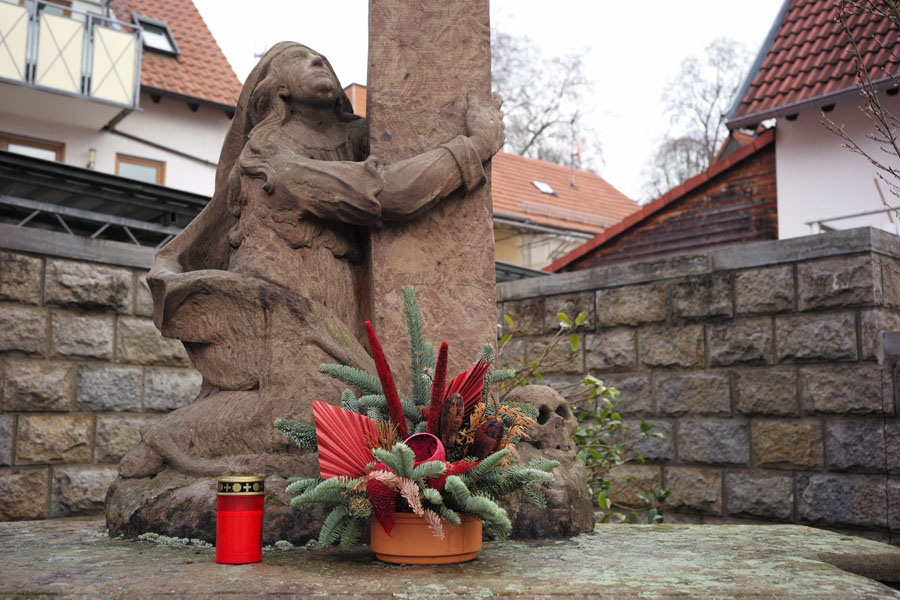 |
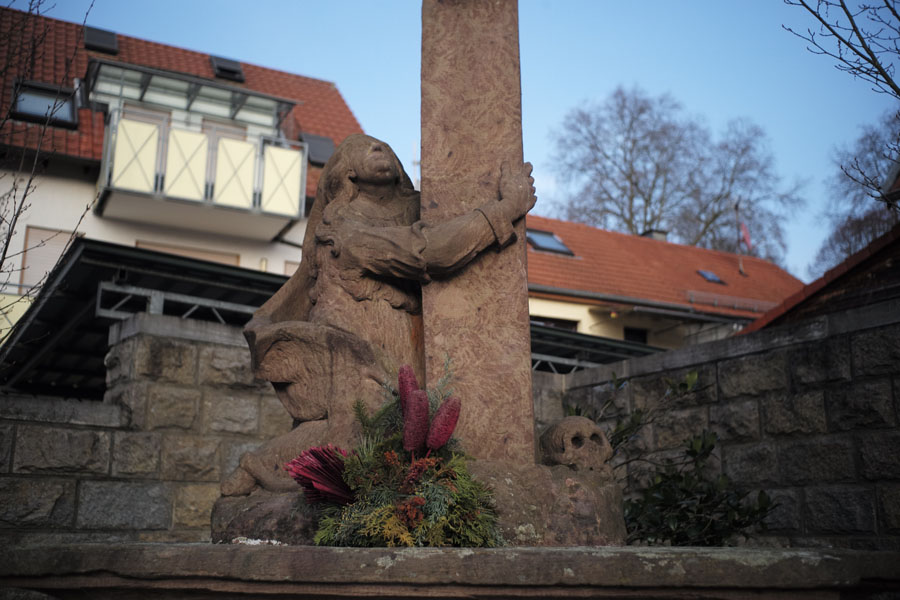 |
|
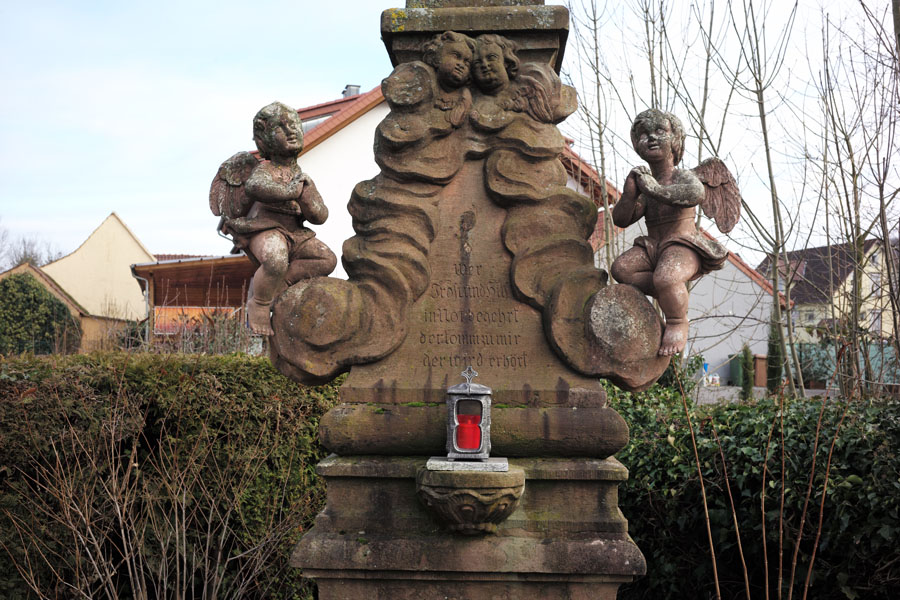 |
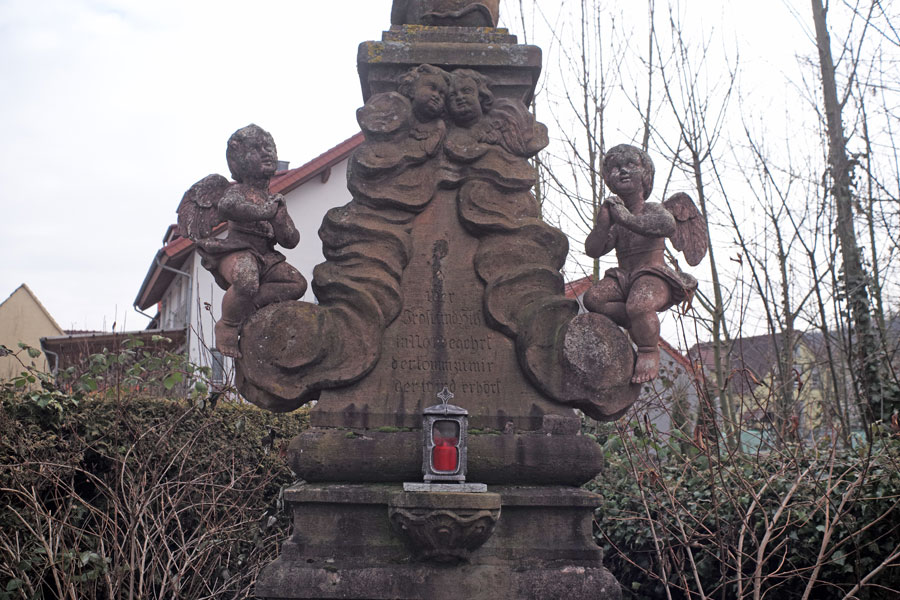 |
|
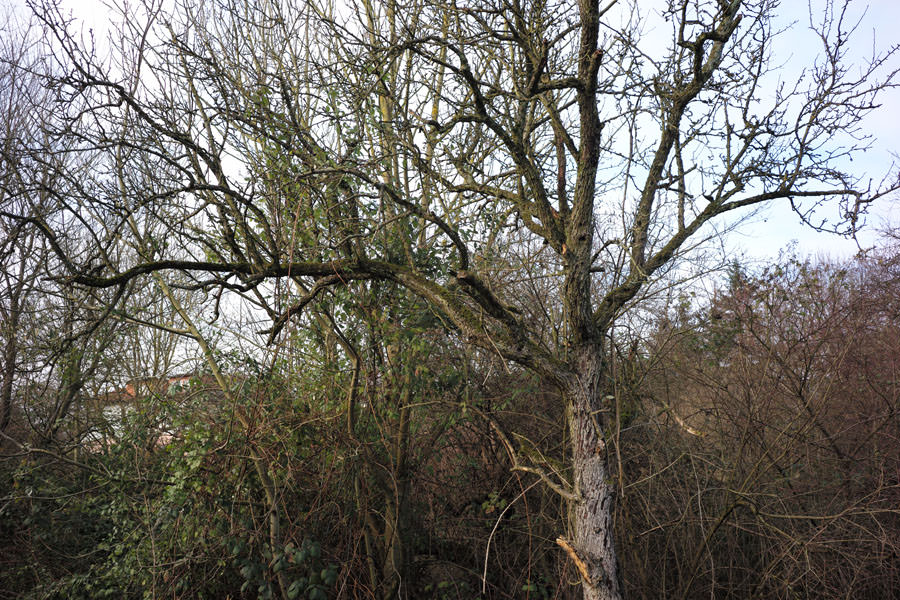 |
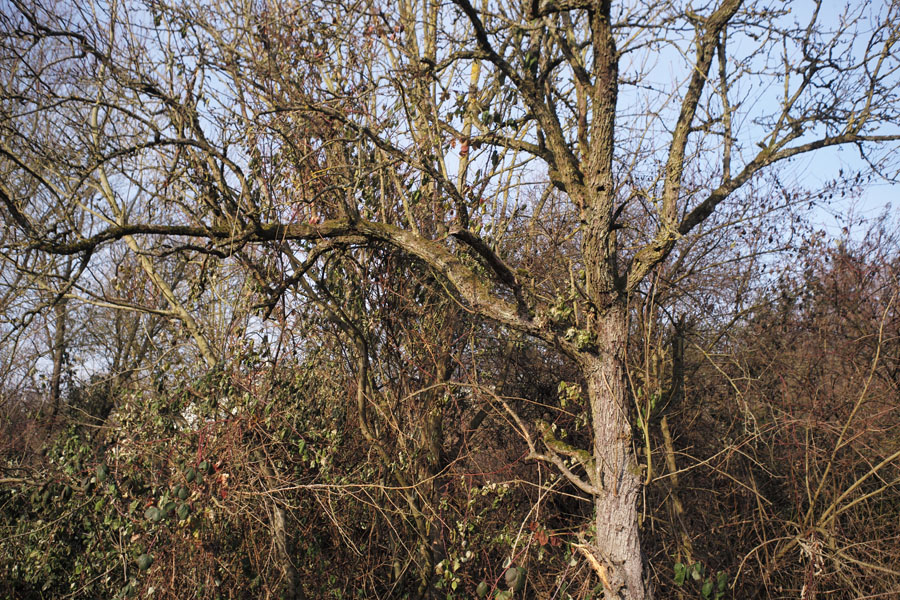 |
|
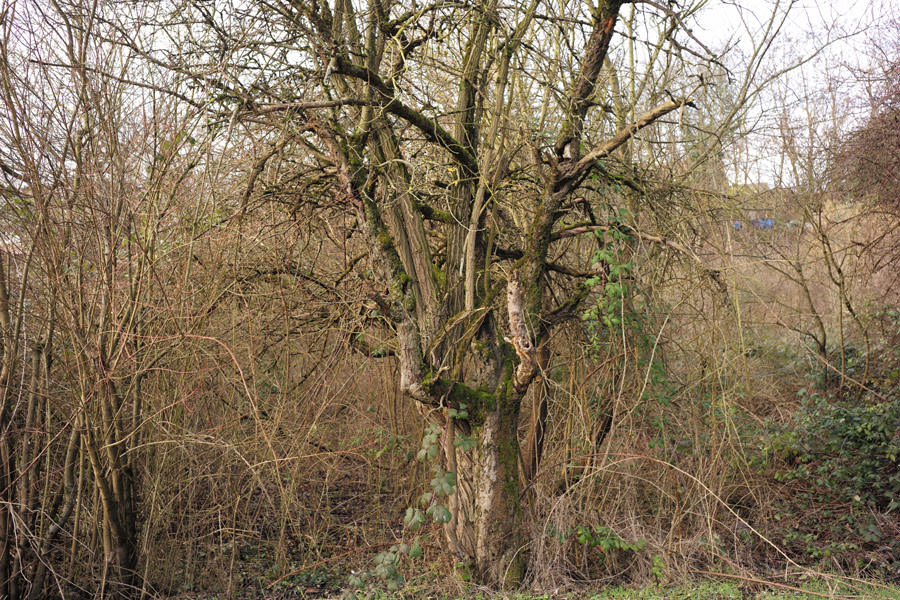 |
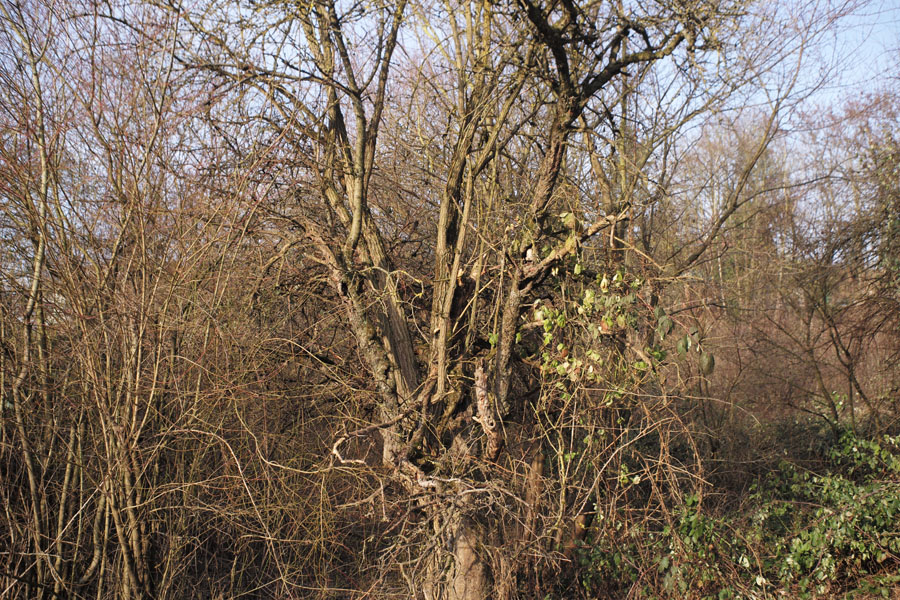 |
|
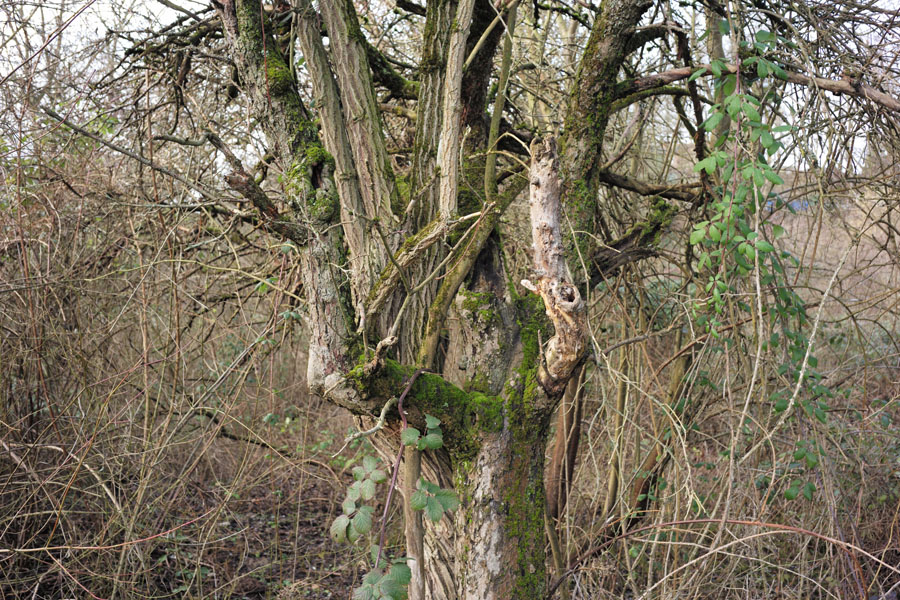 |
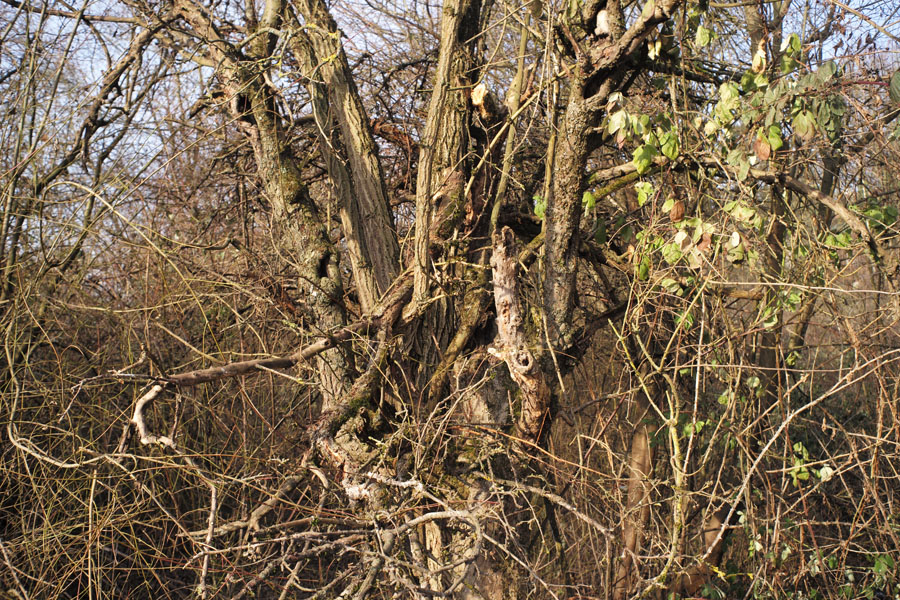 |
|
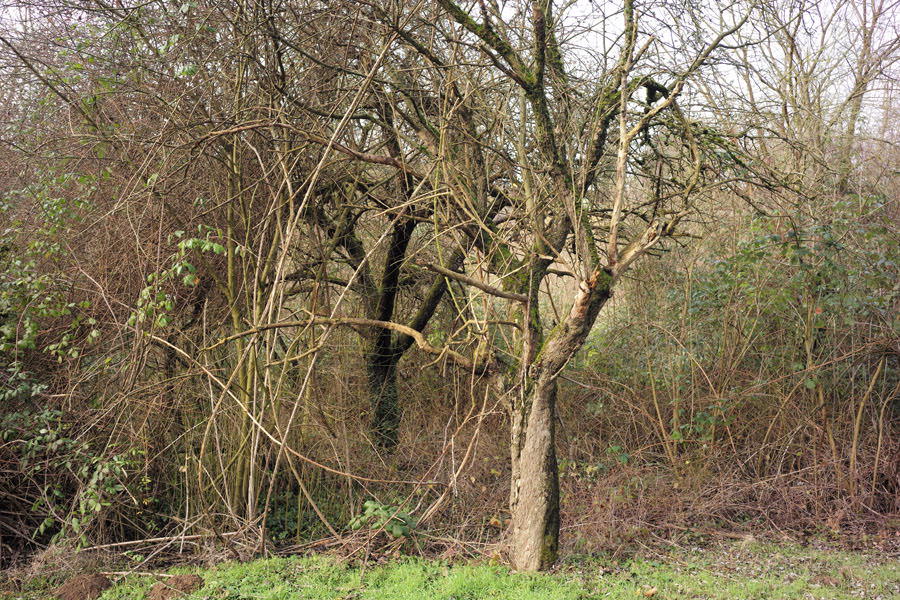 |
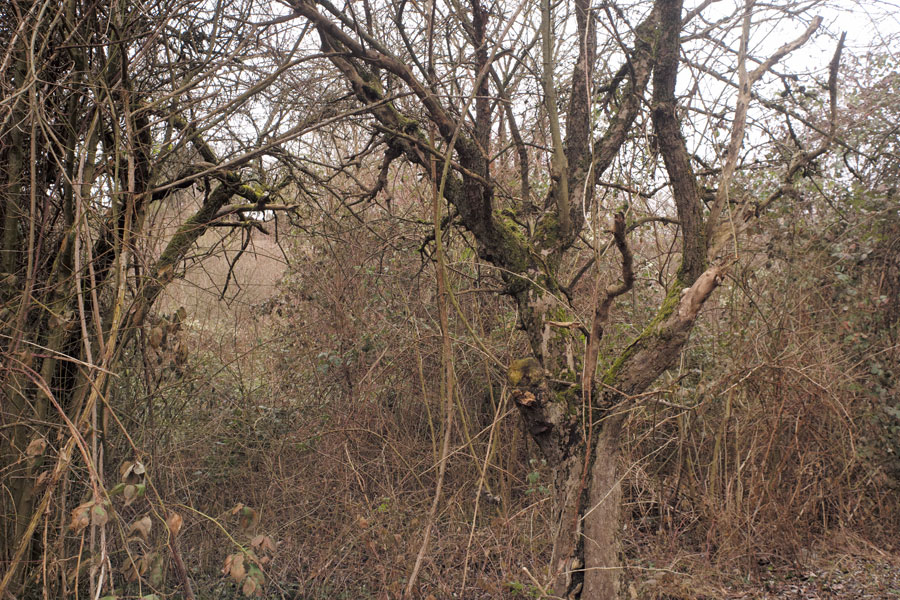 |
|
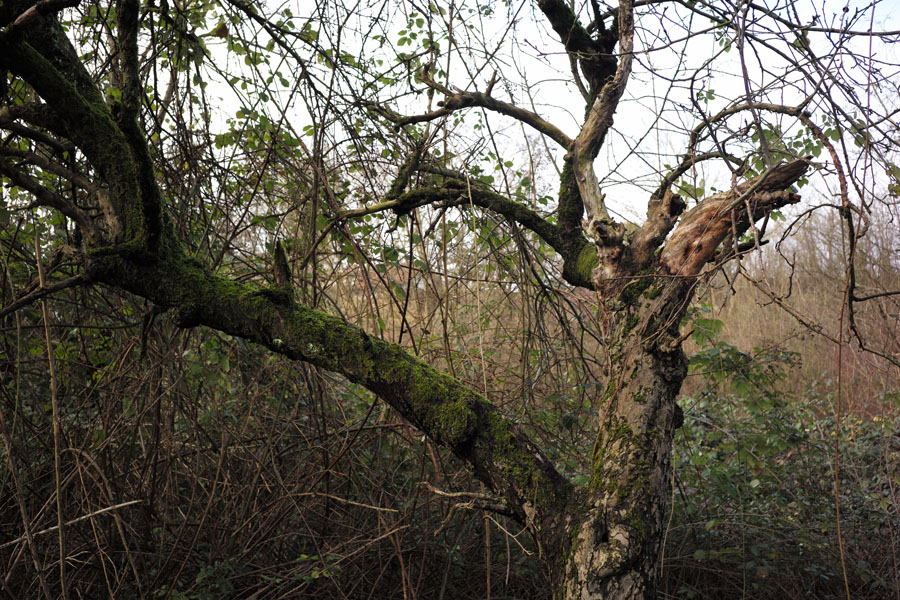 |
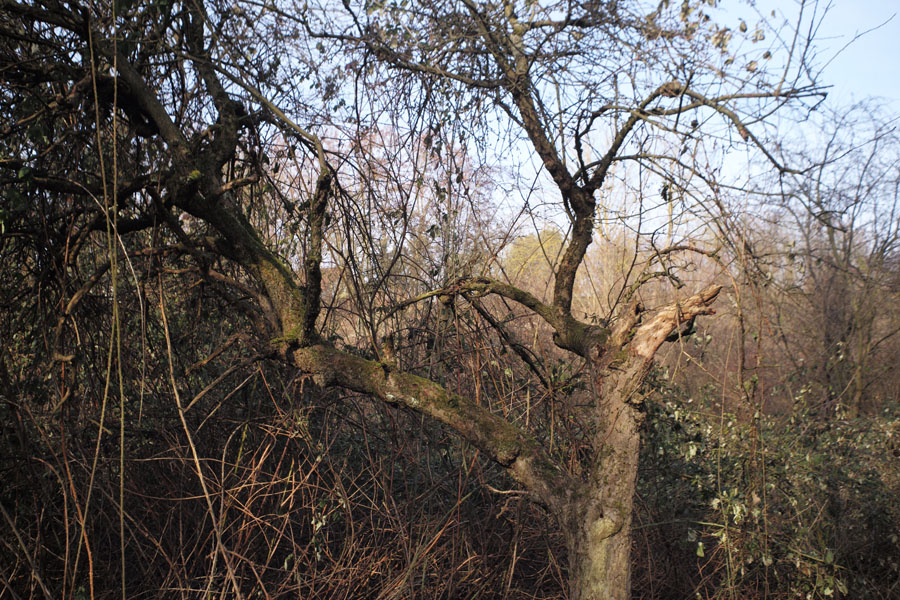 |
|
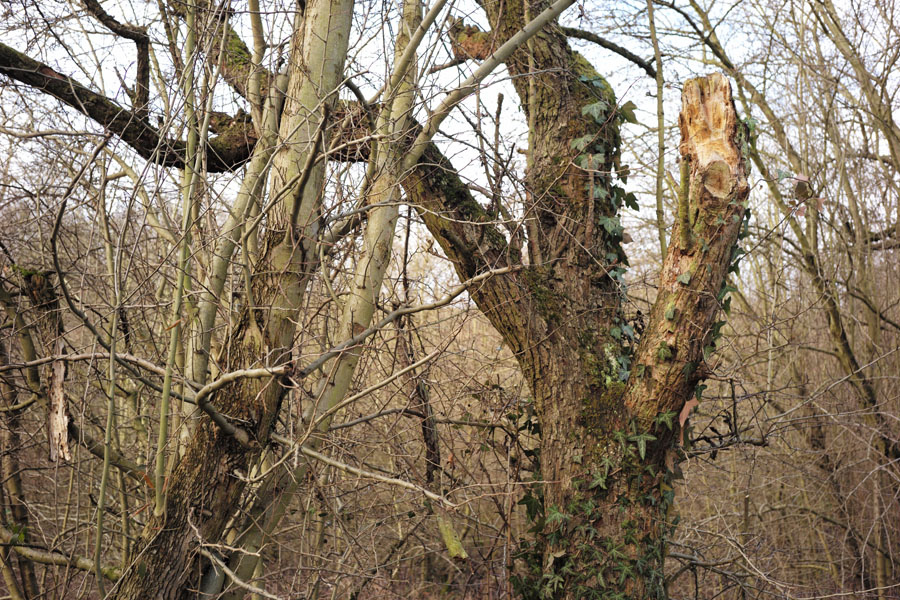 |
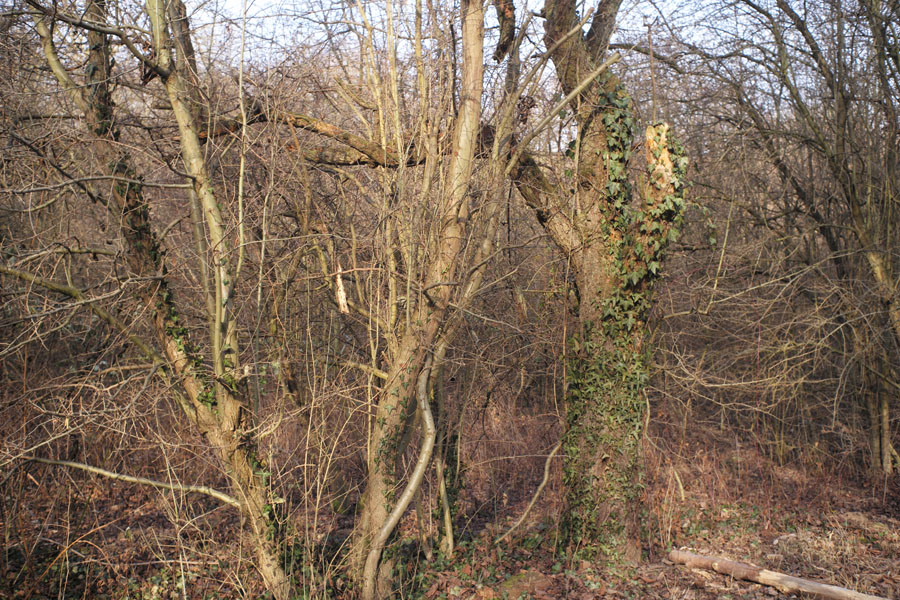 |
|
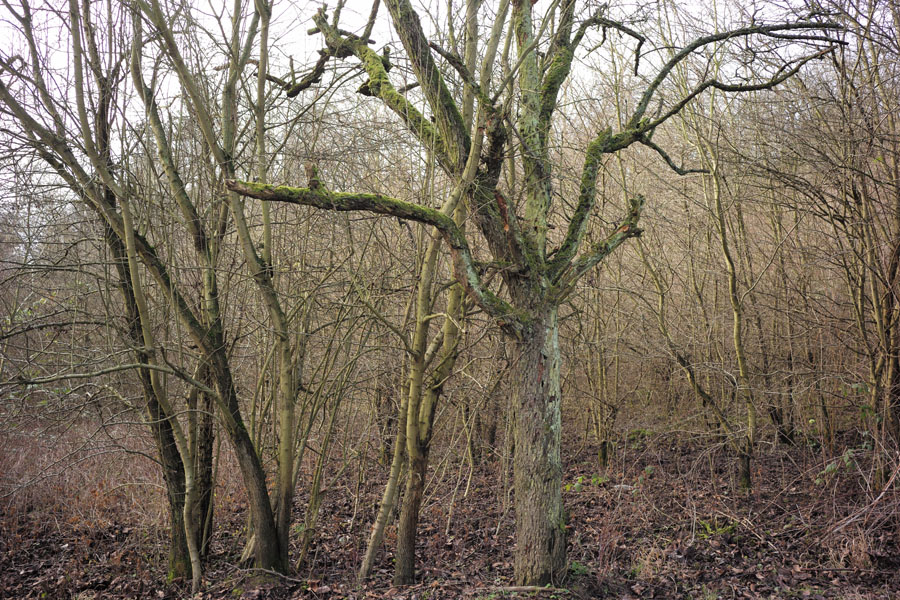 |
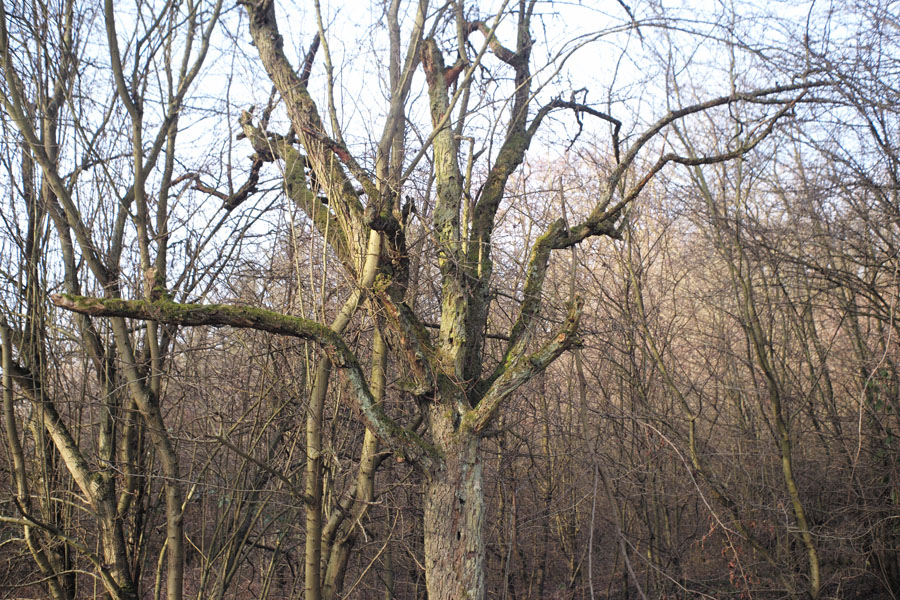 |
|
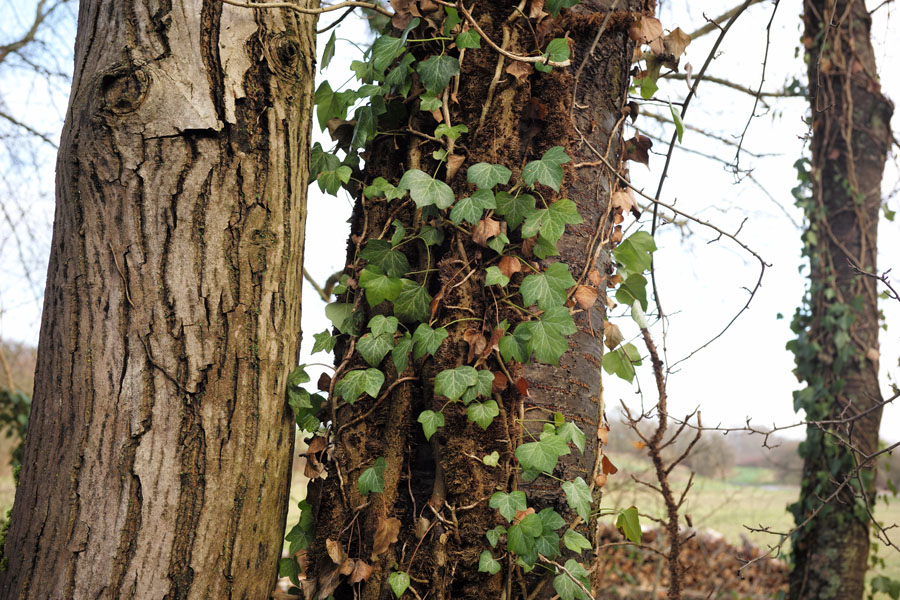 |
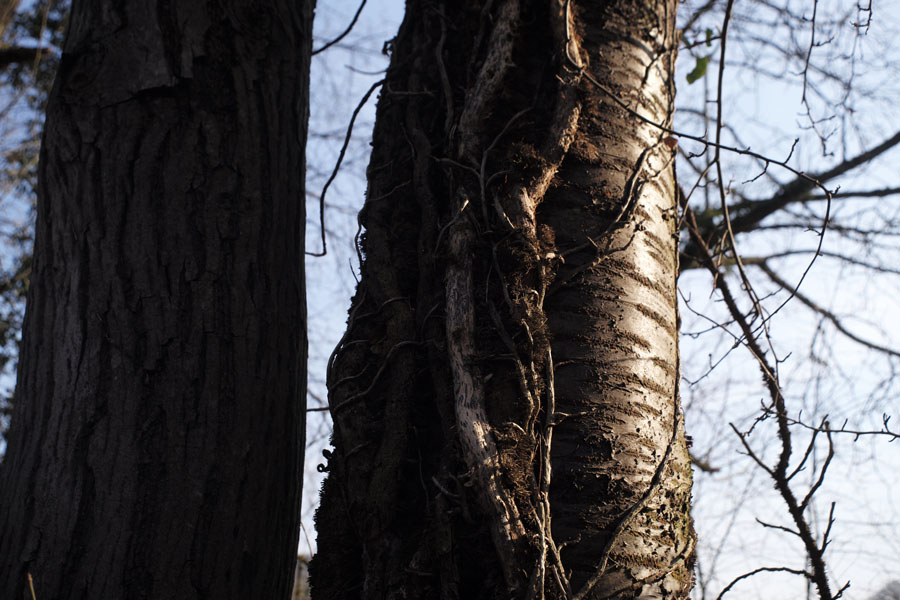 |
|
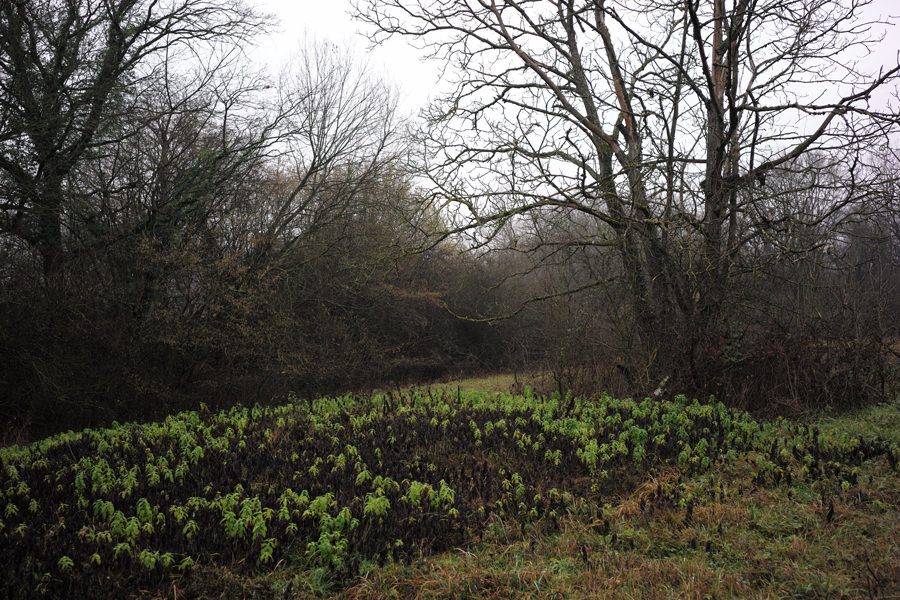 |
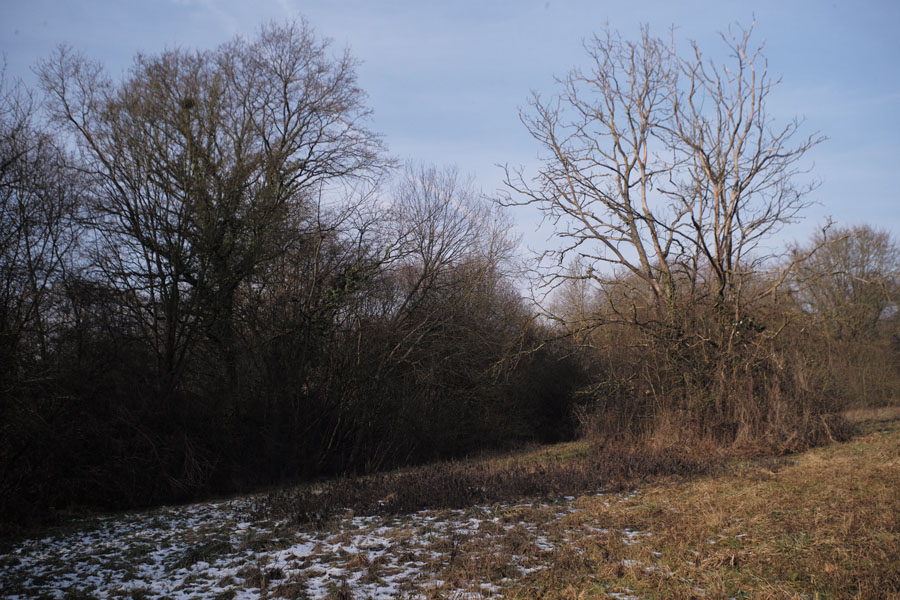 |
|
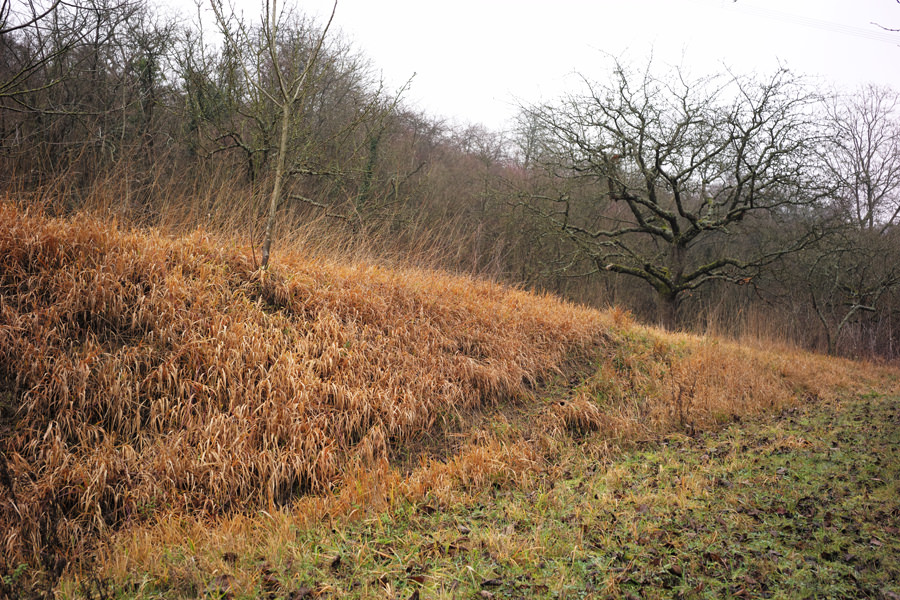 |
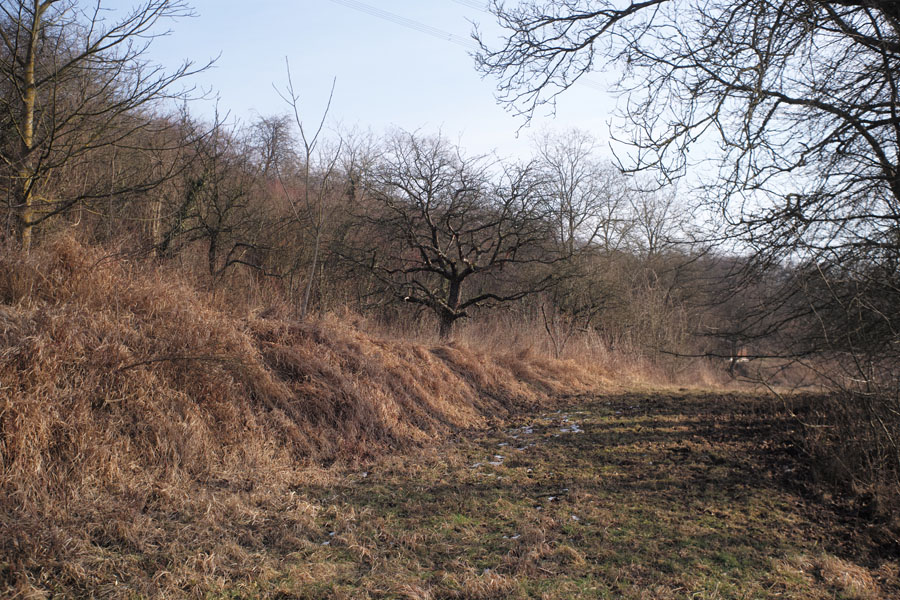 |
|
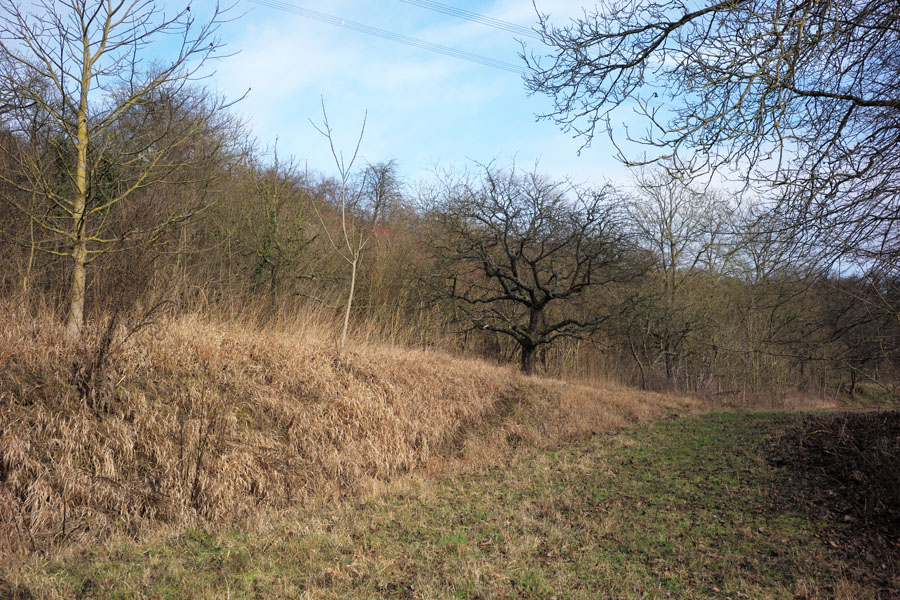 |
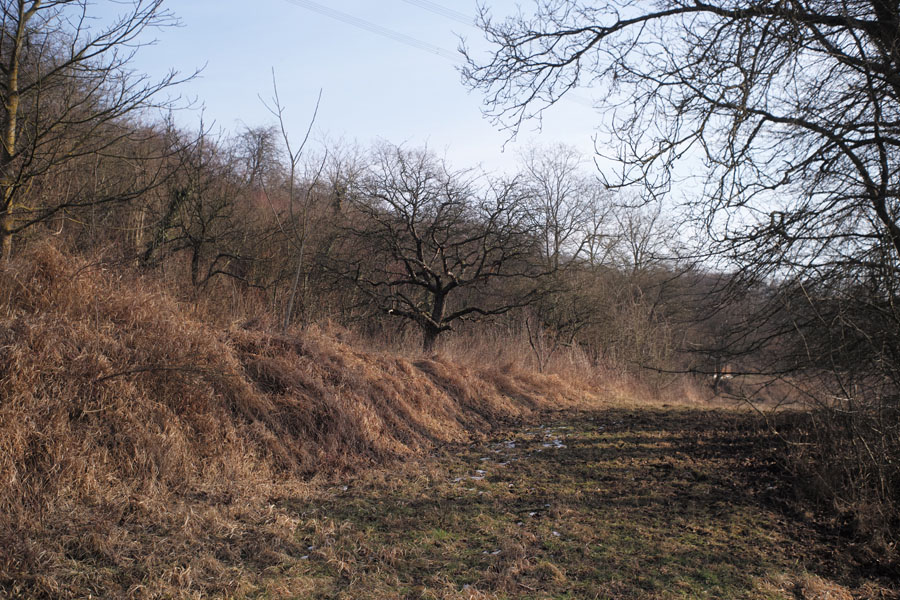 |
|
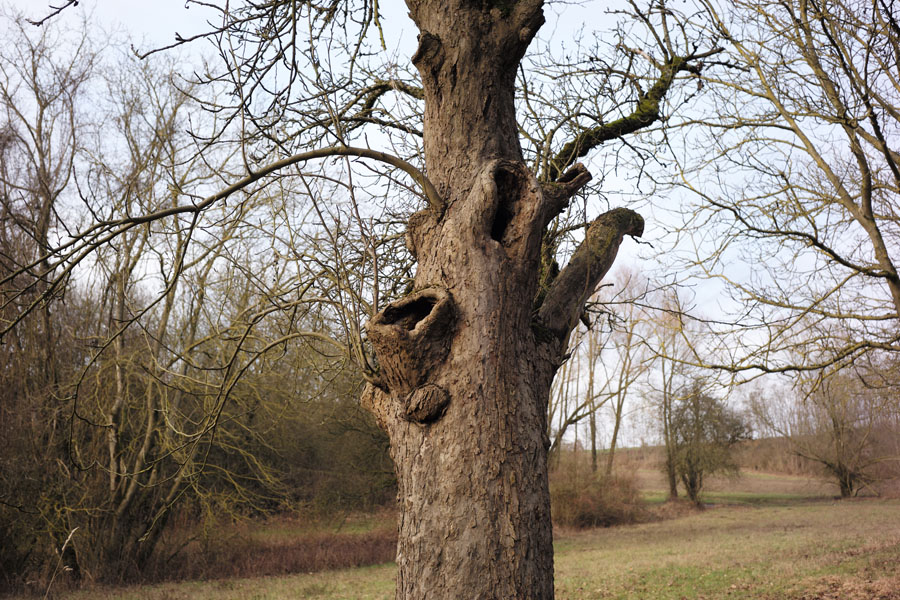 |
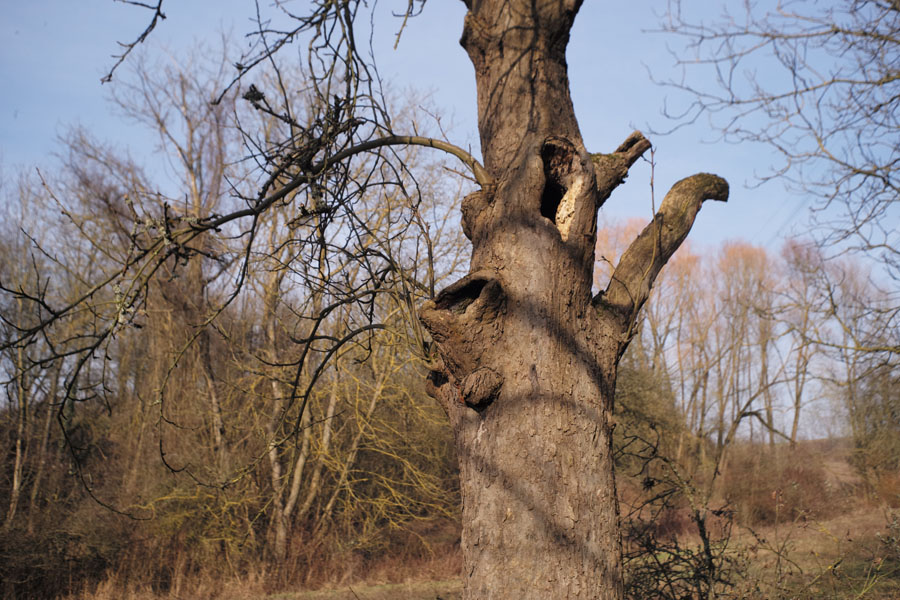 |
|
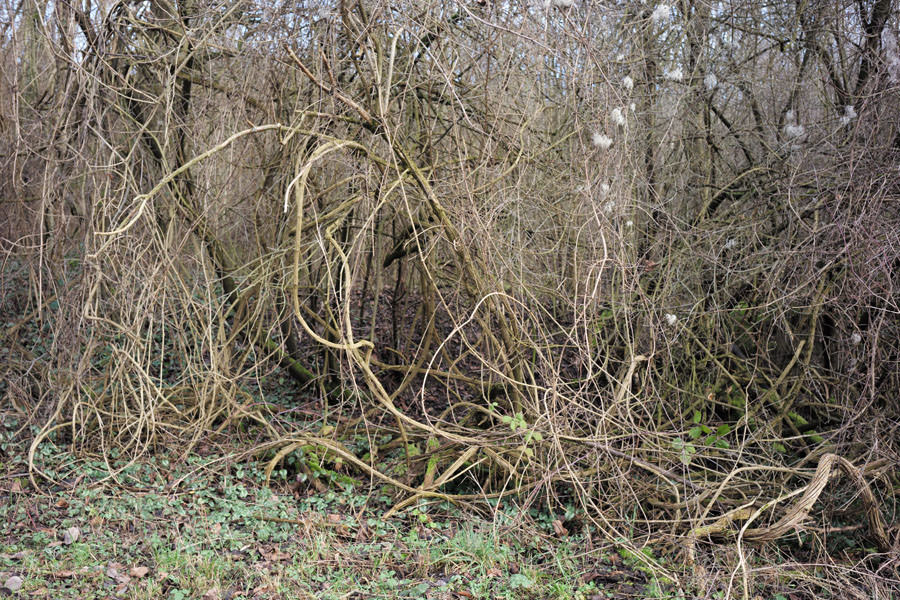 |
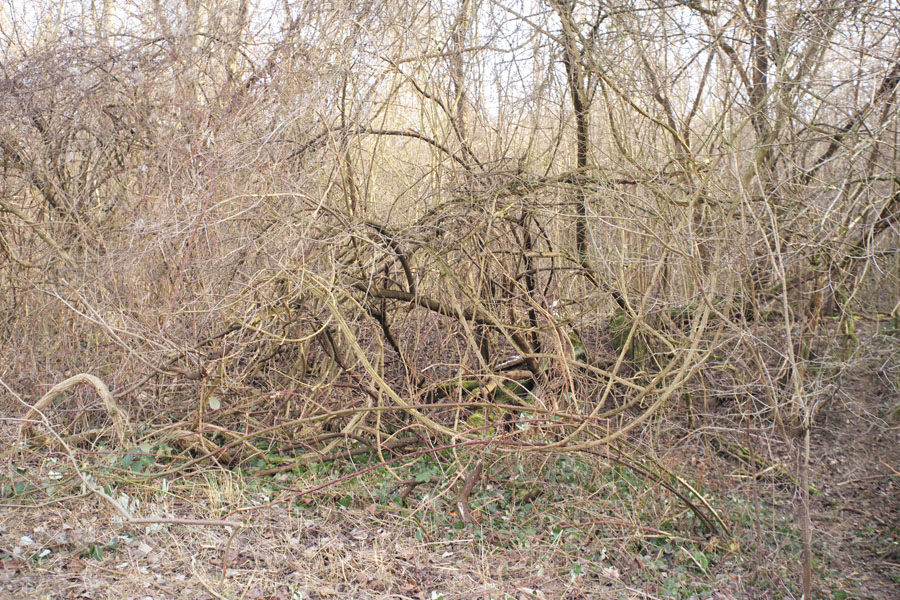 |
|
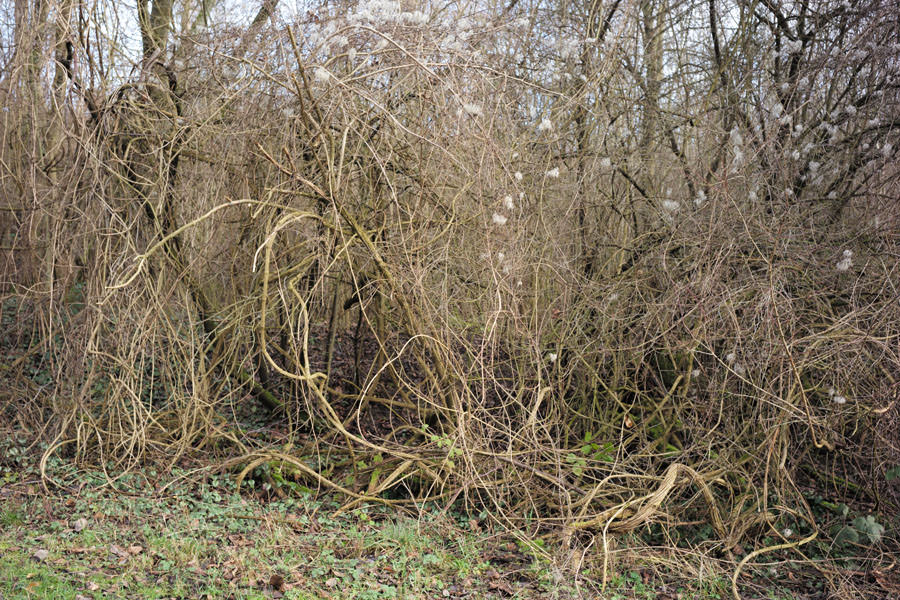 |
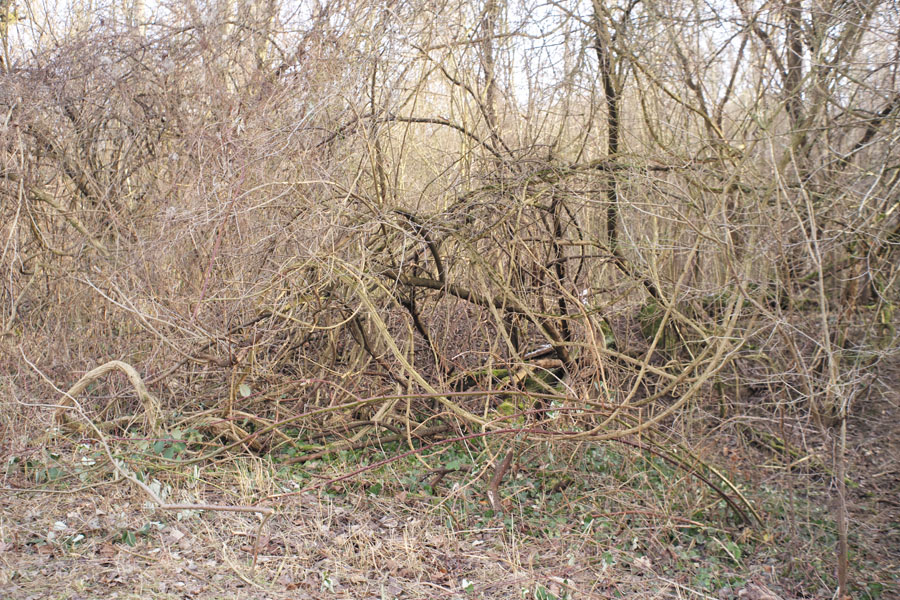 |
|
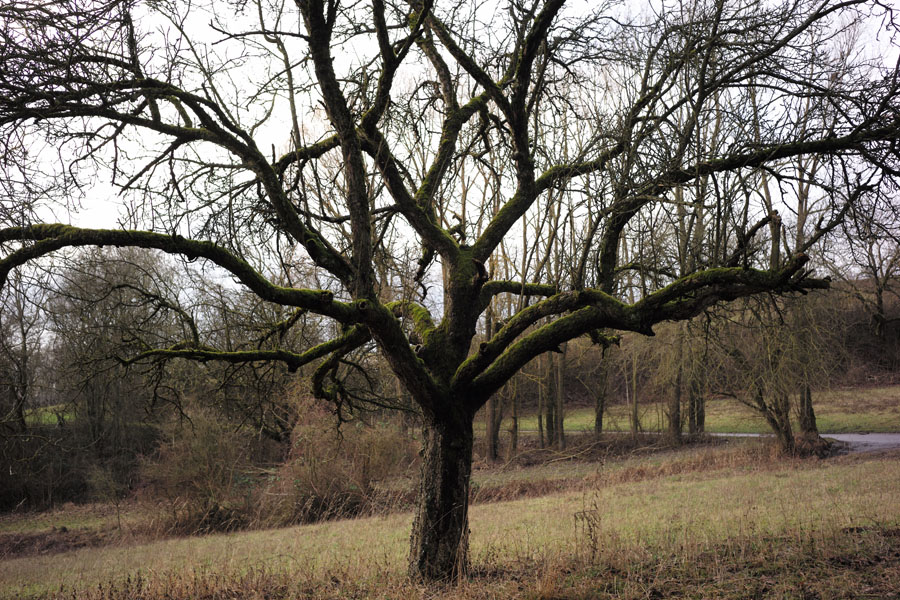 |
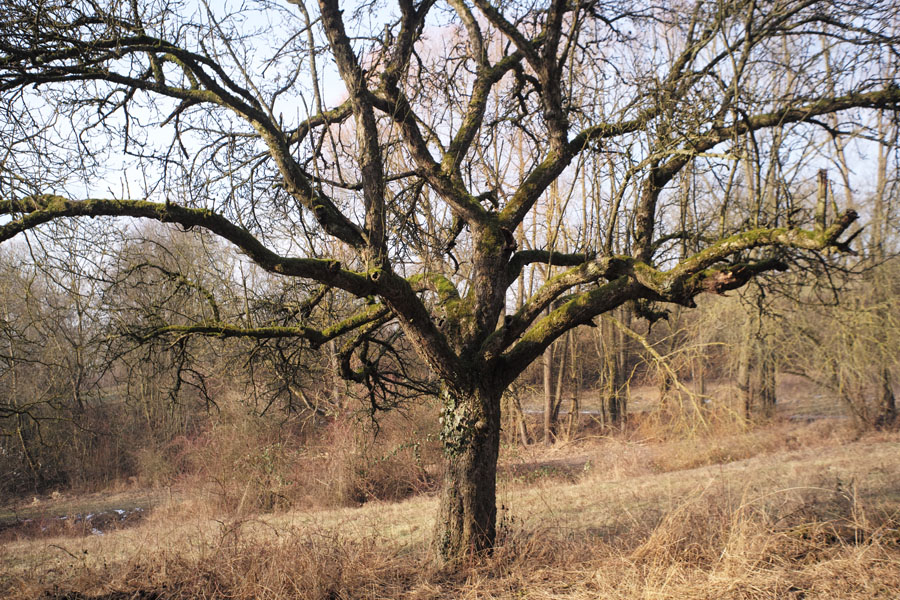 |
|
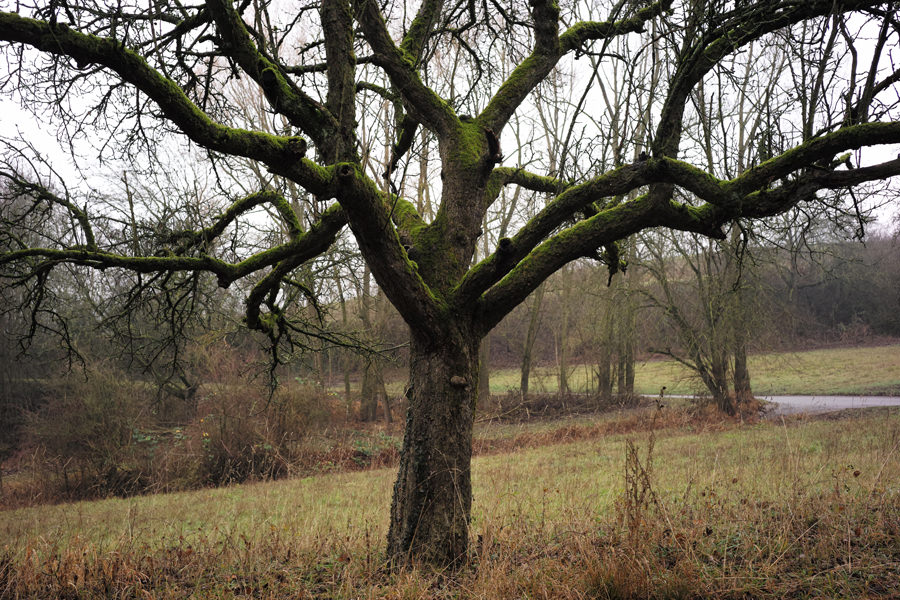 |
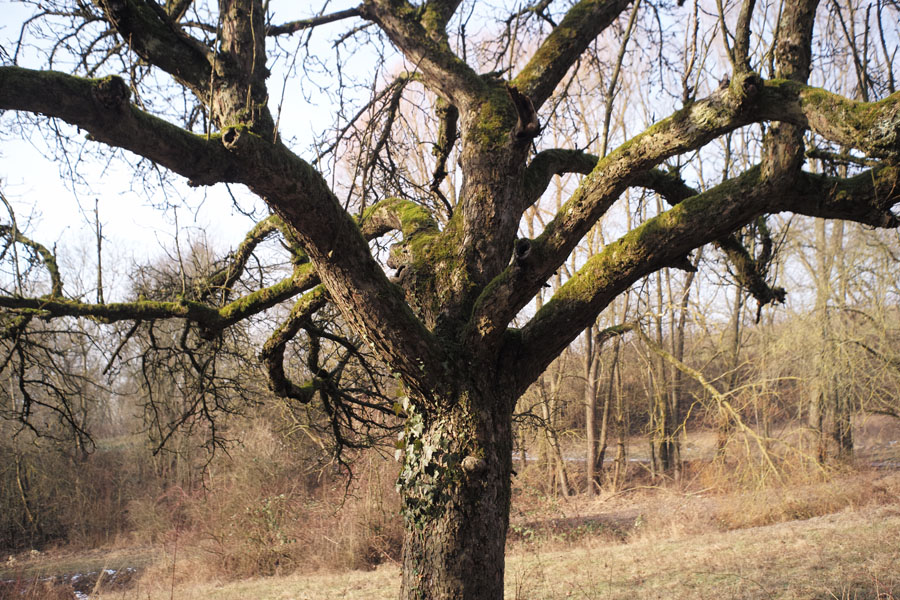 |
|
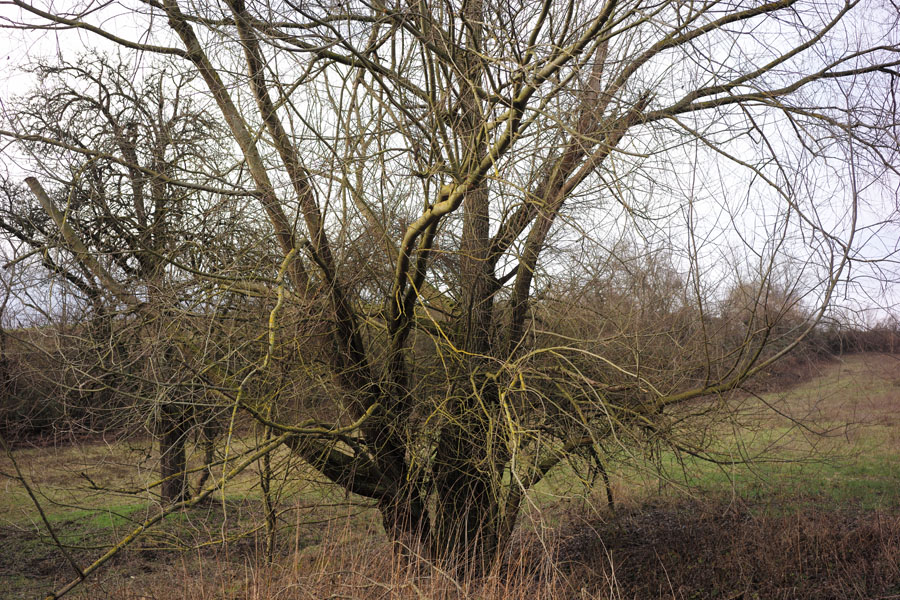 |
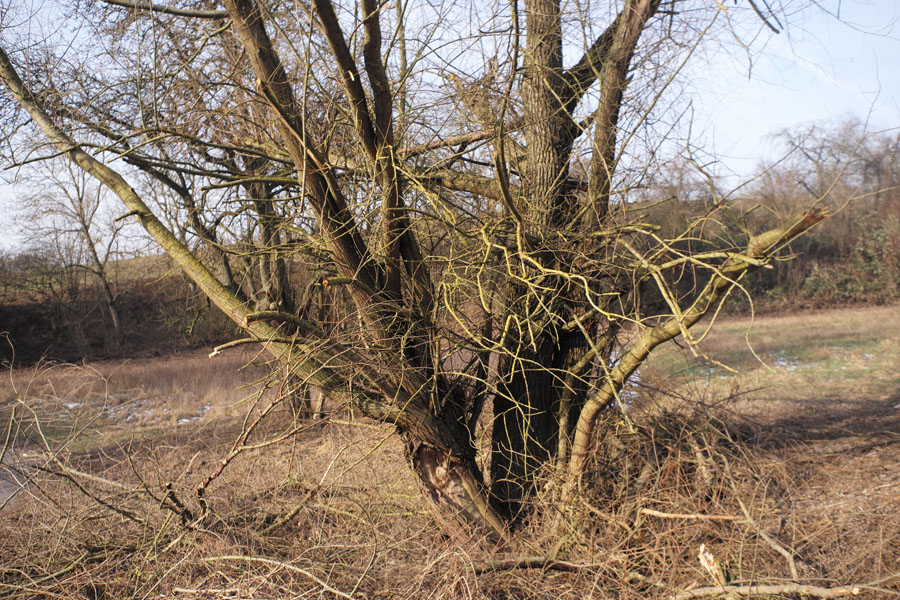 |
|
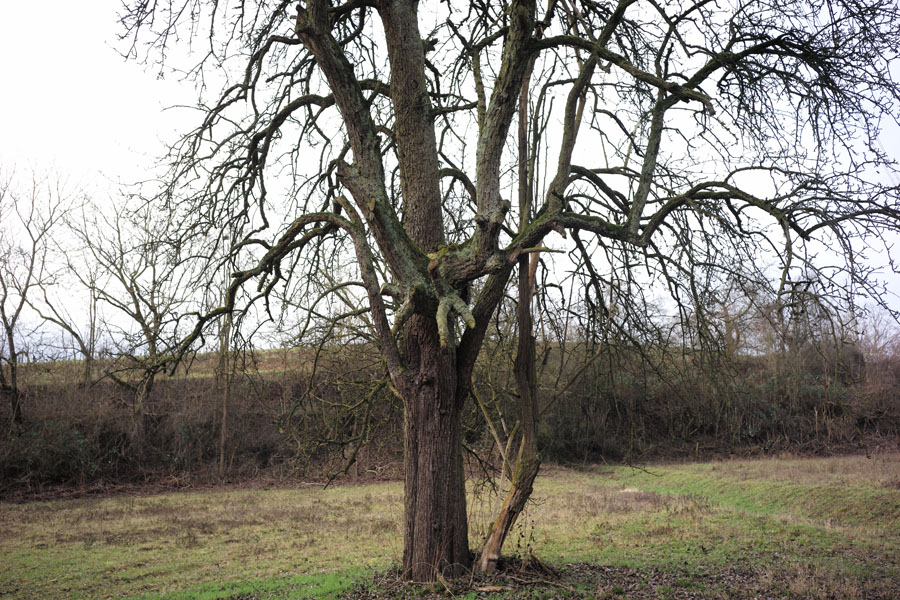 |
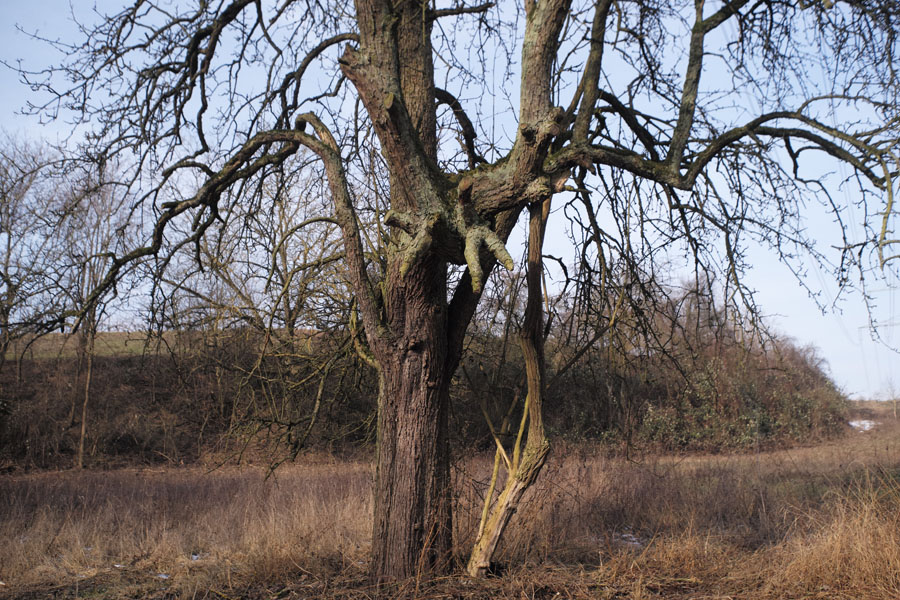 |
|
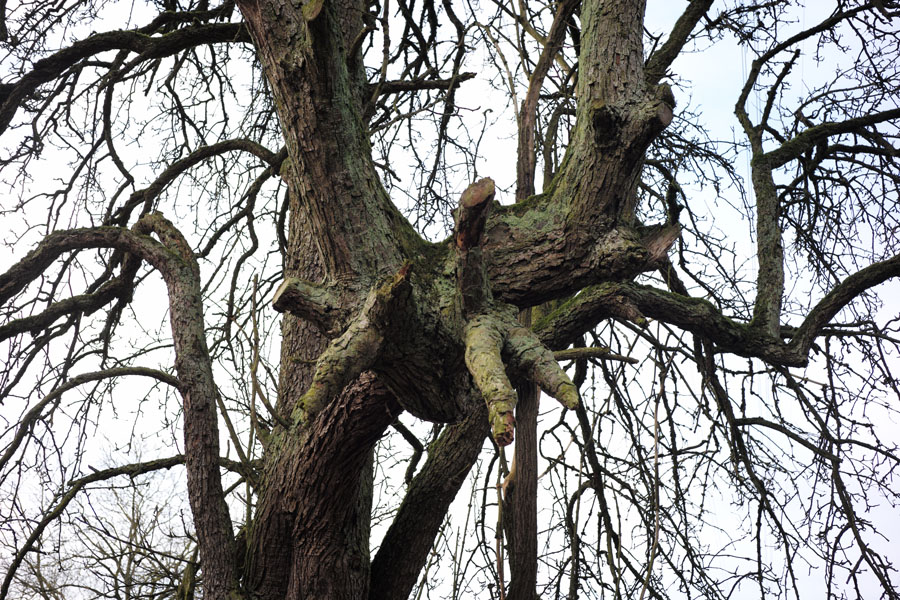 |
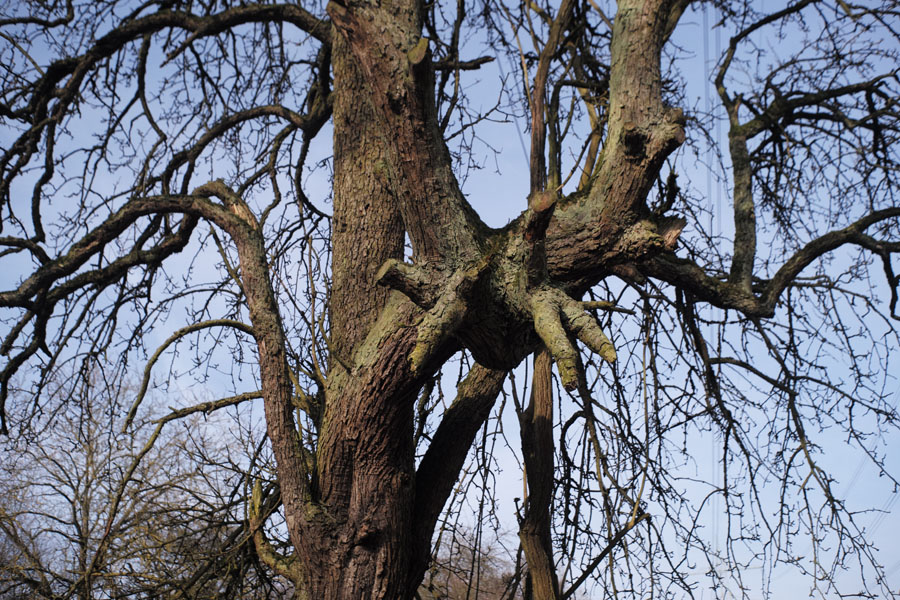 |
|
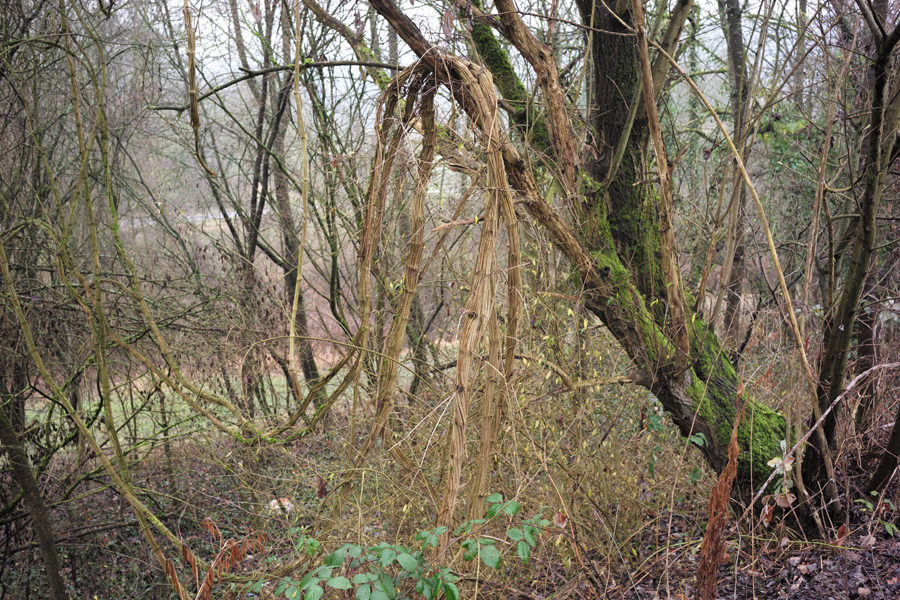 |
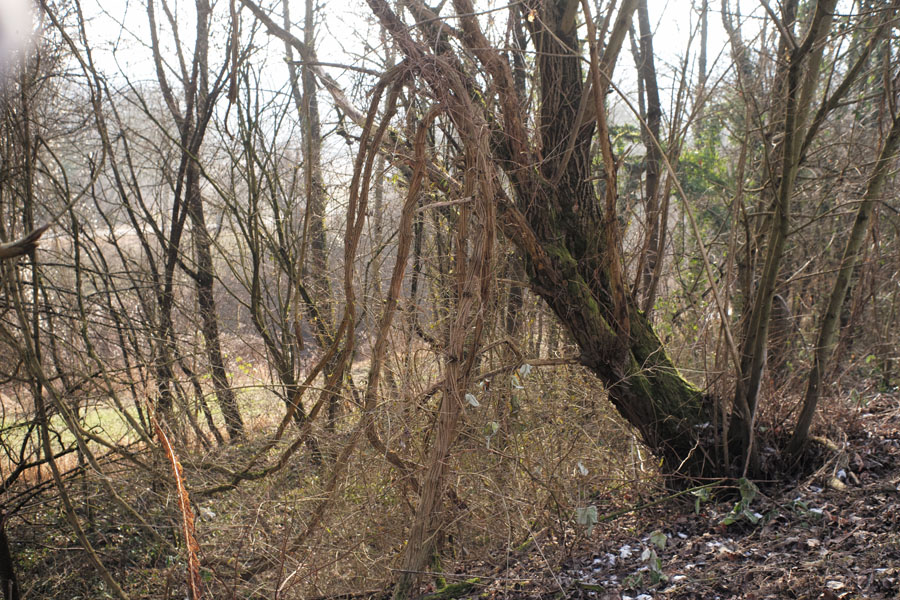 |
|
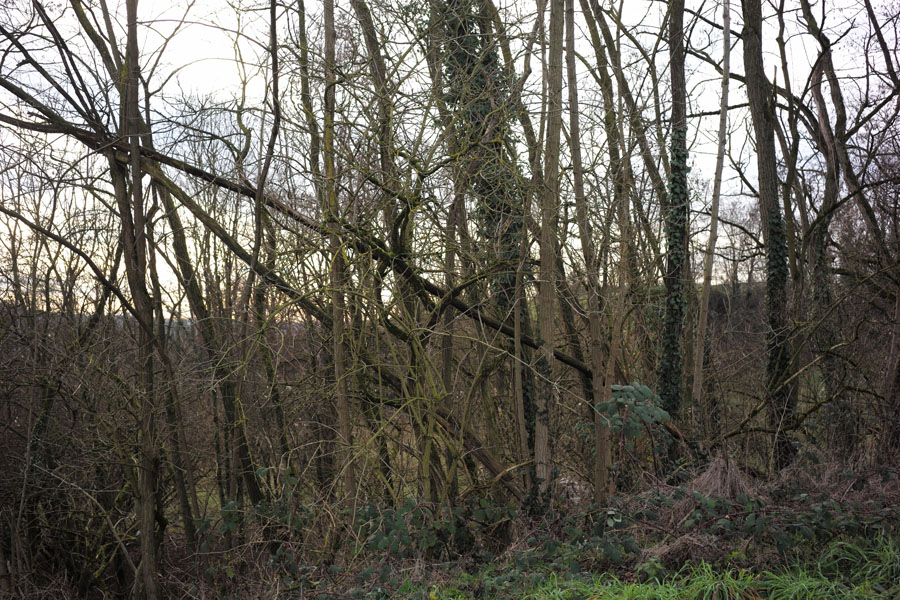 |
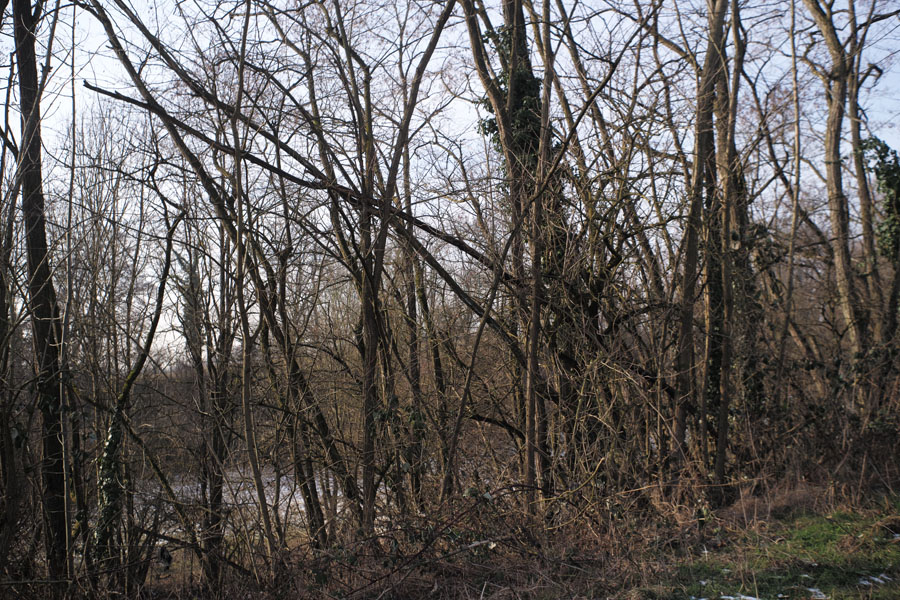 |
|
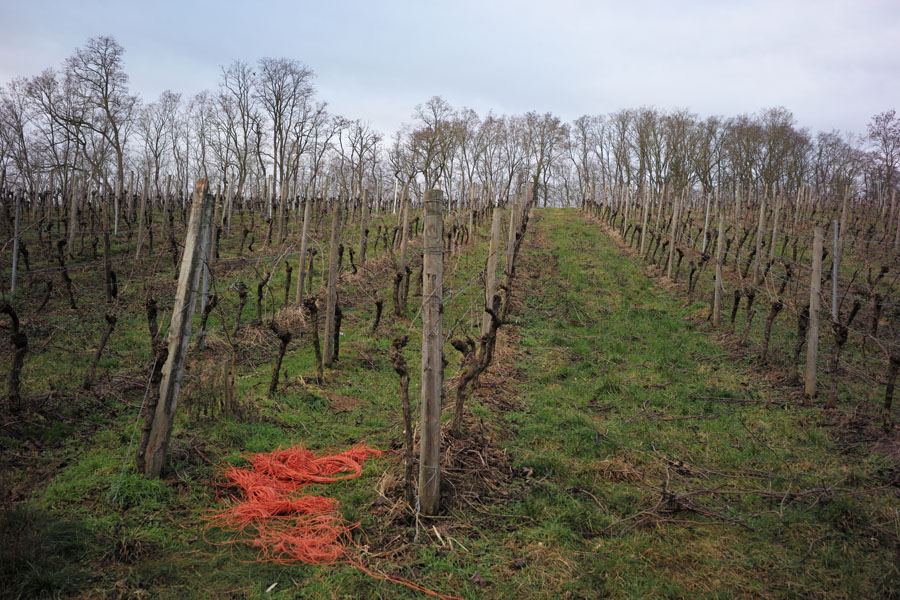 |
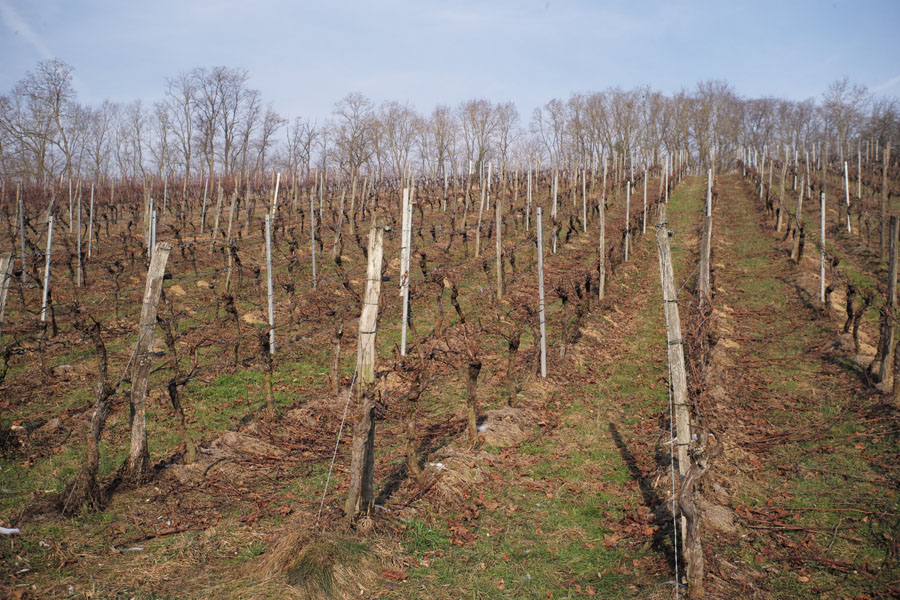 |
|
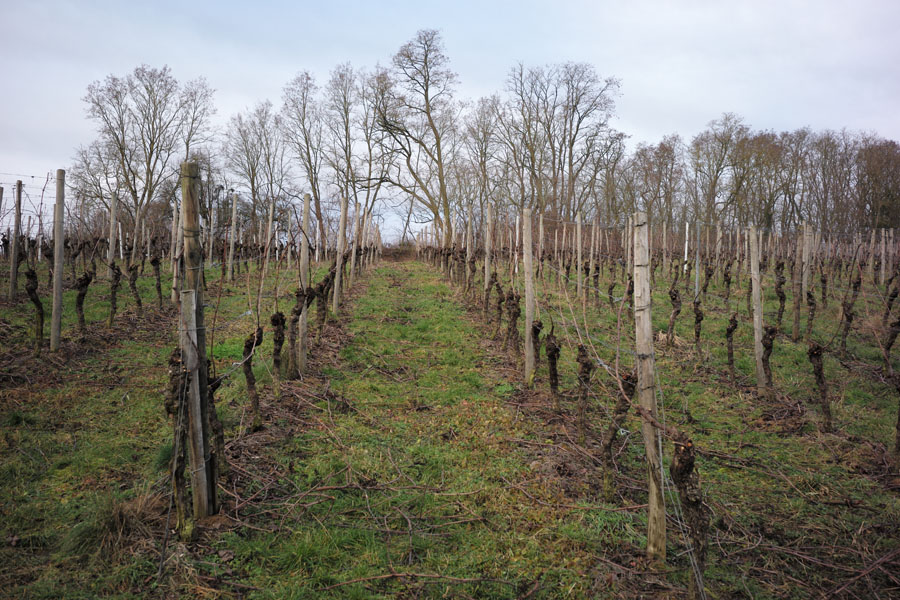 |
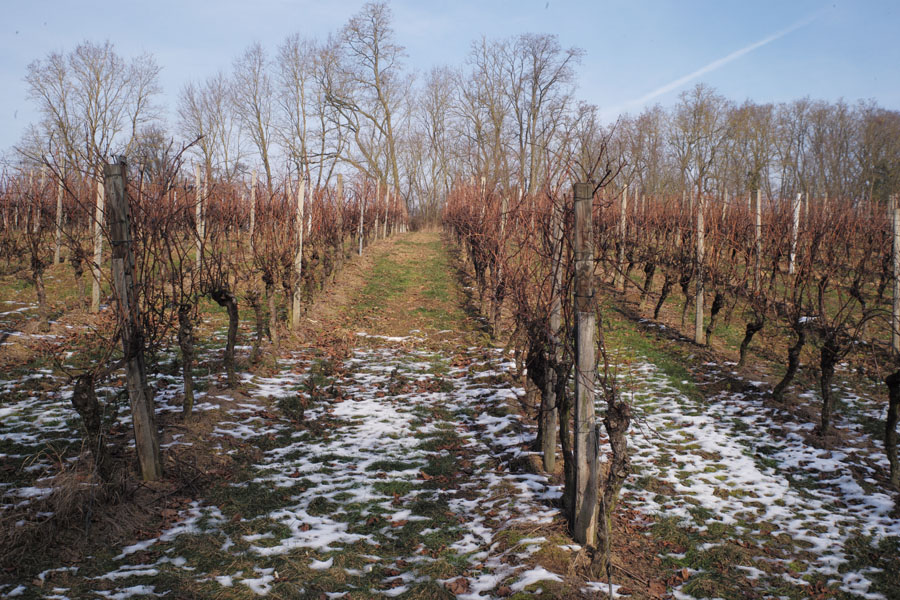 |
|
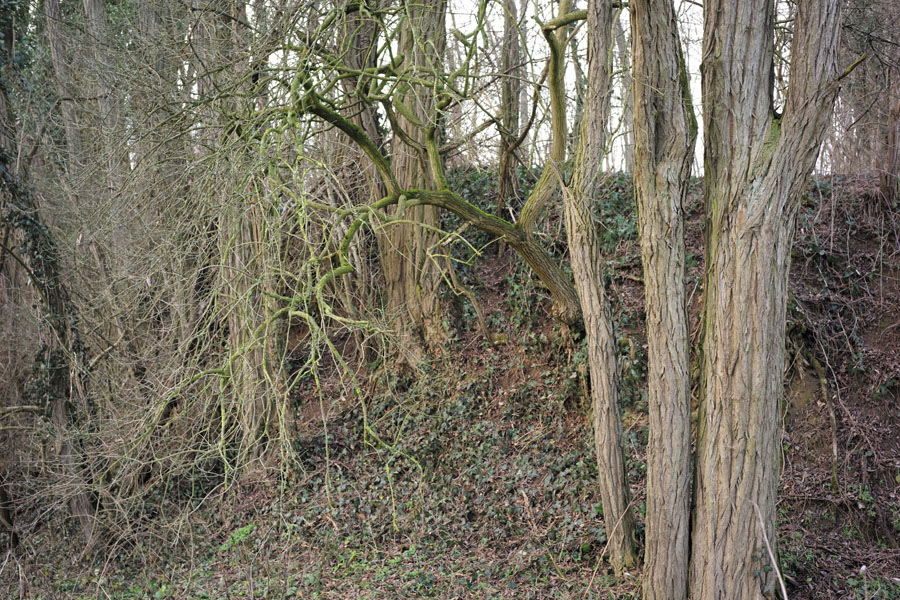 |
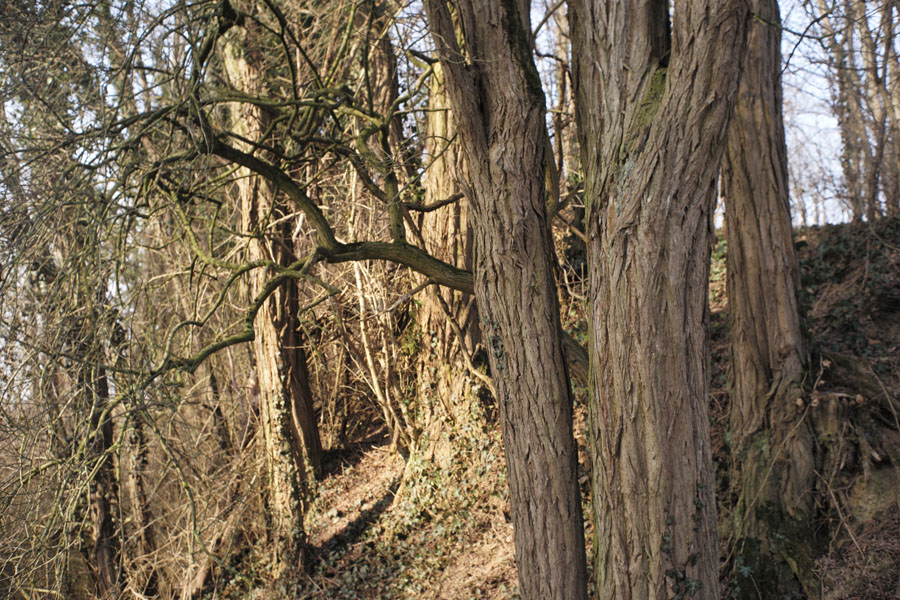 |
|
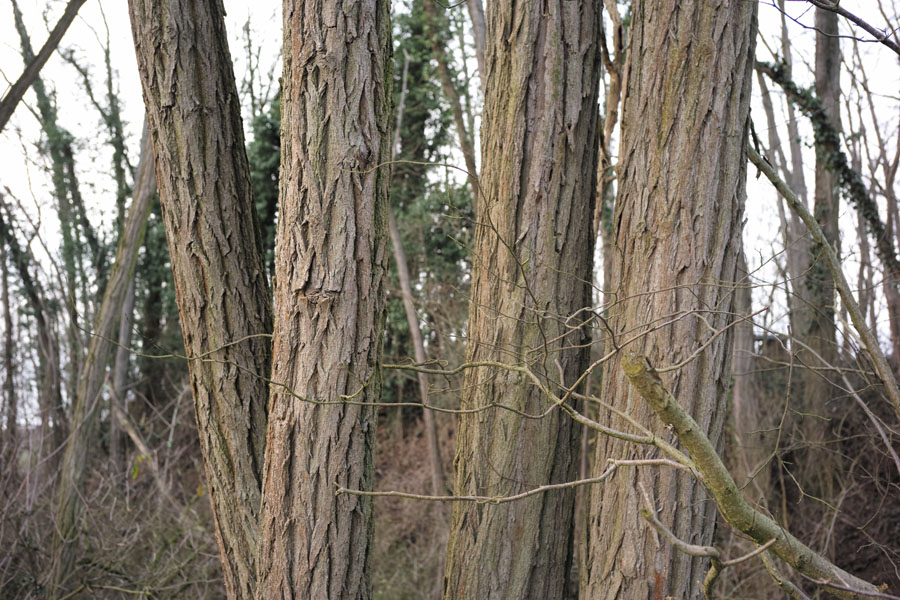 |
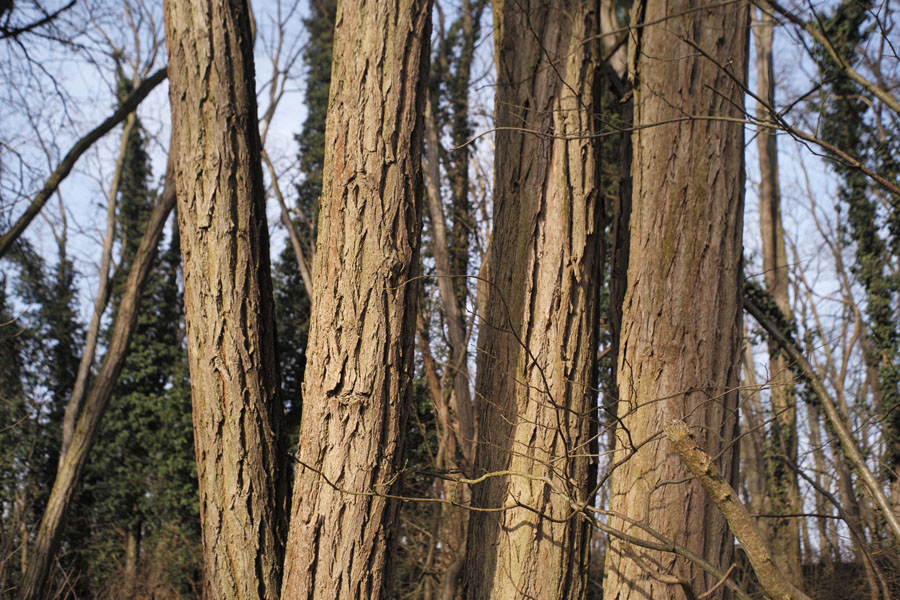 |
|
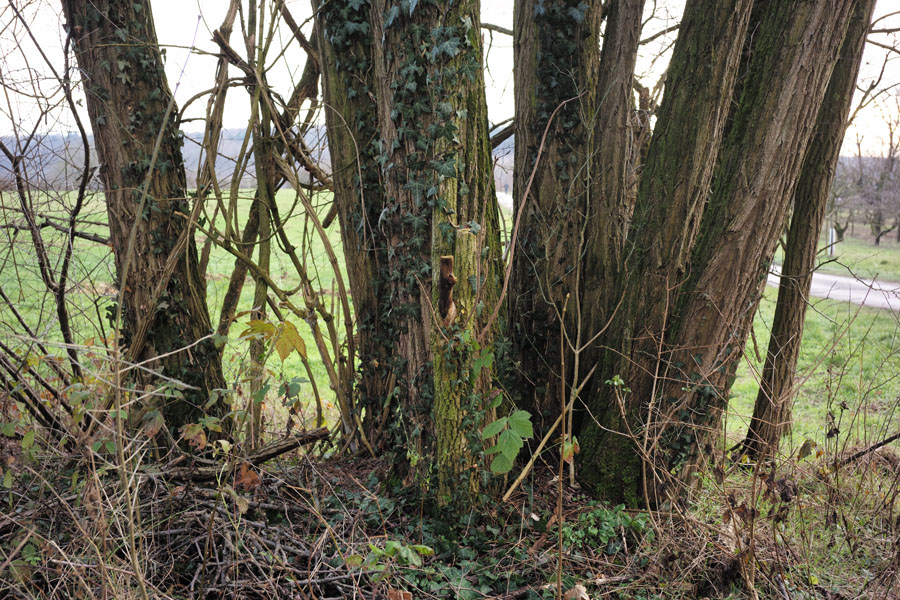 |
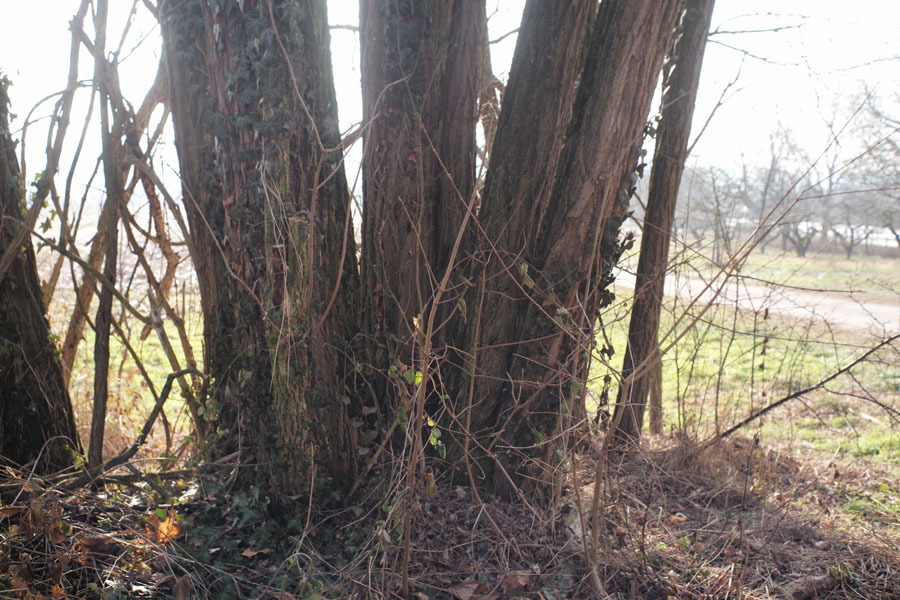 |
|
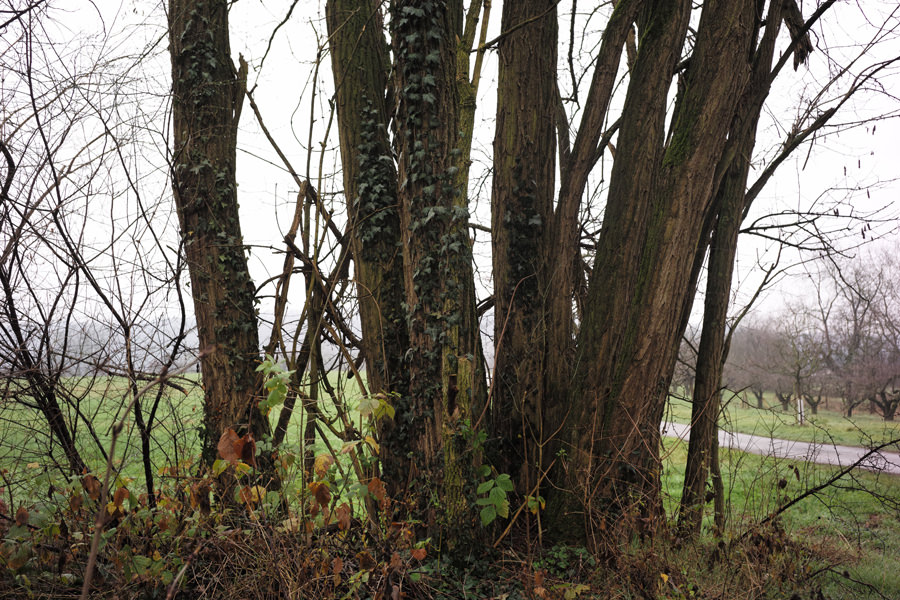 |
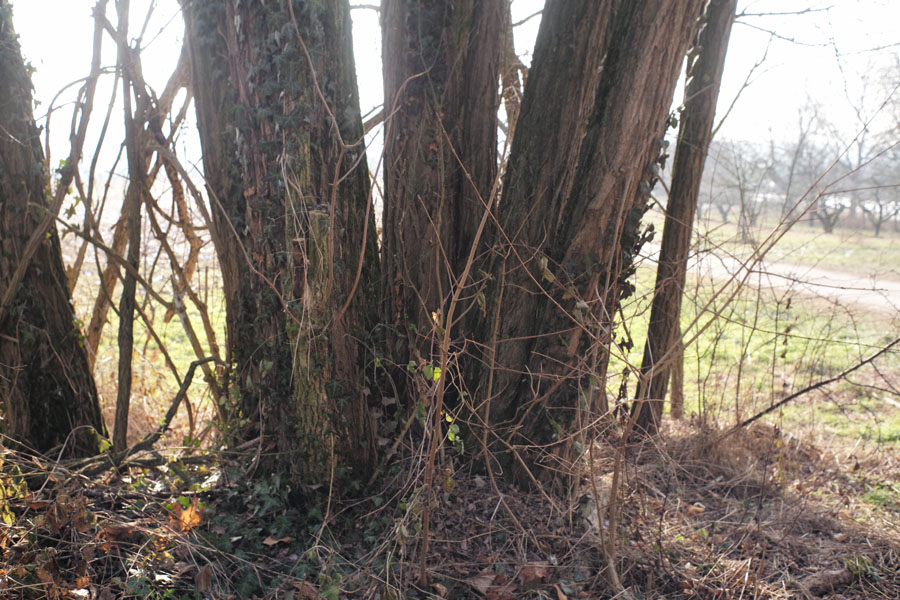 |
|
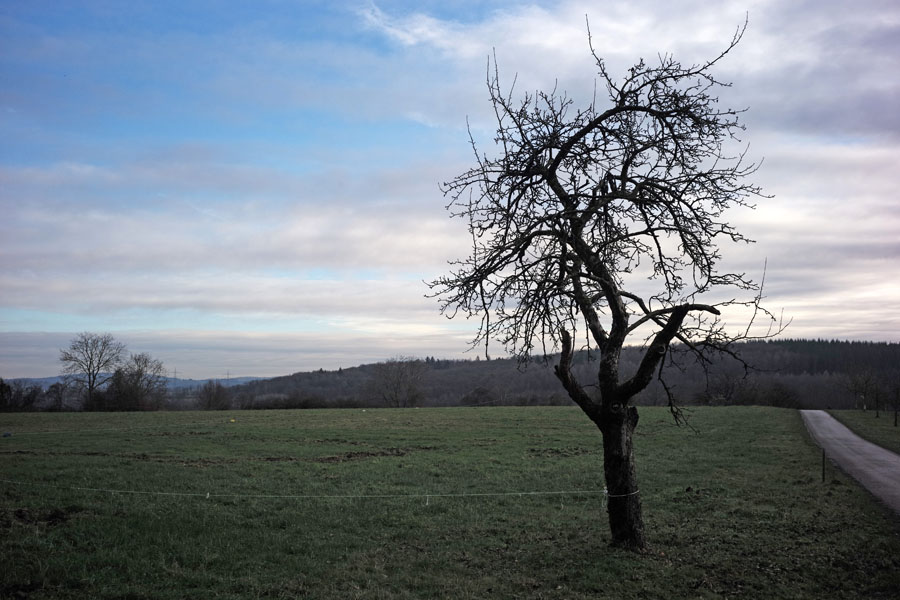 |
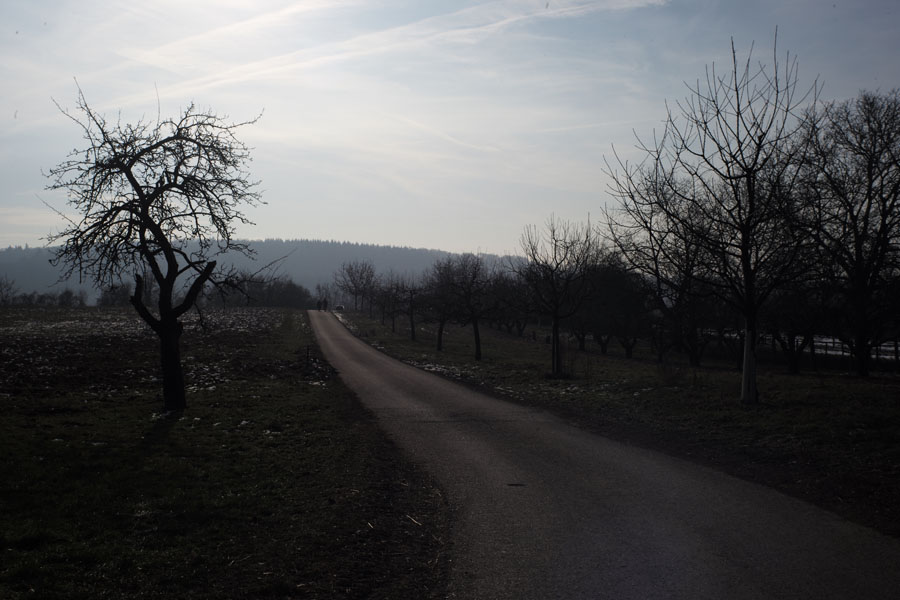 |
|
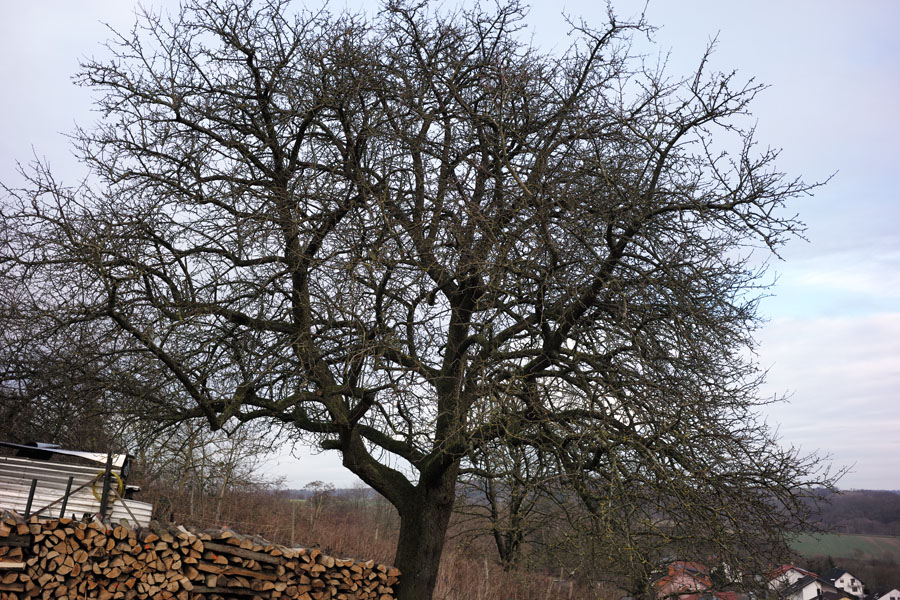 |
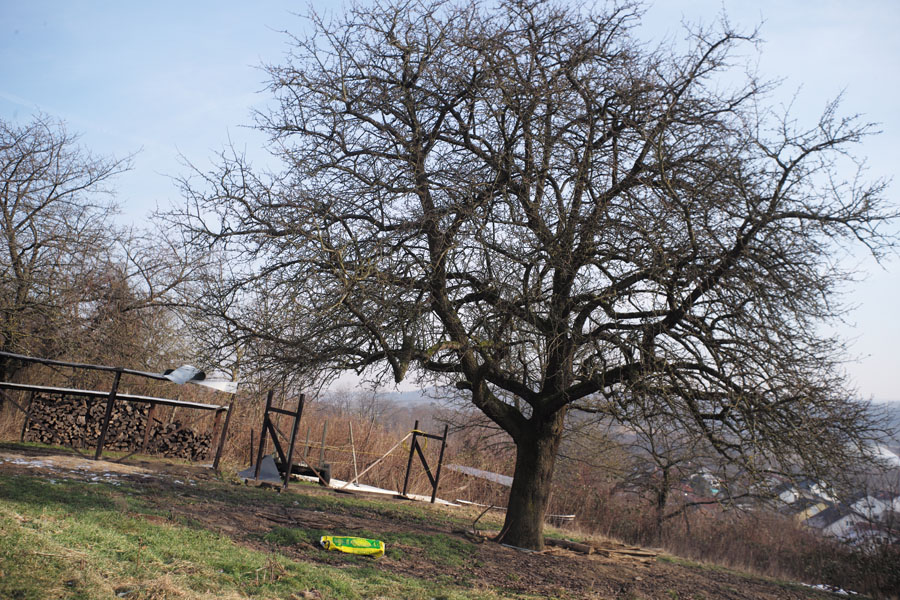 |
|
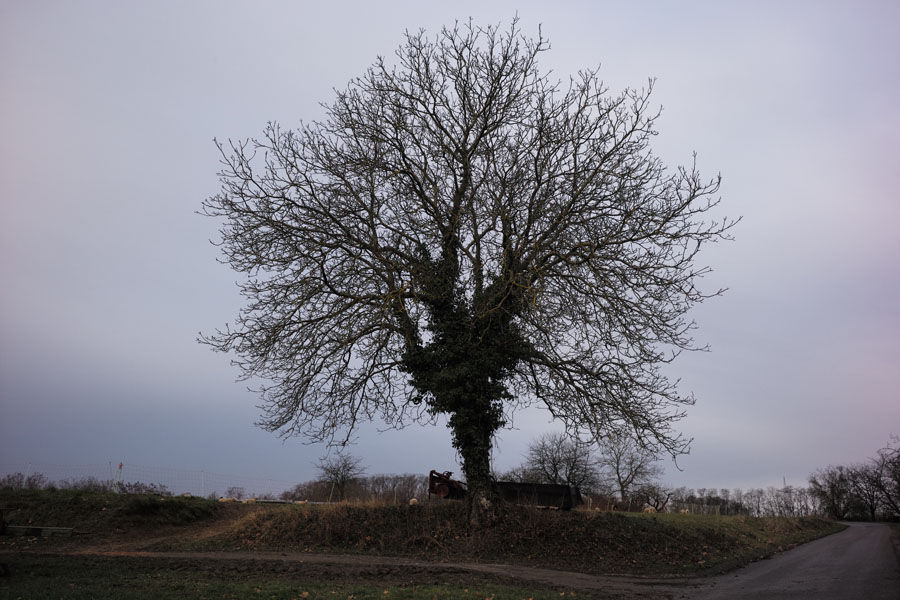 |
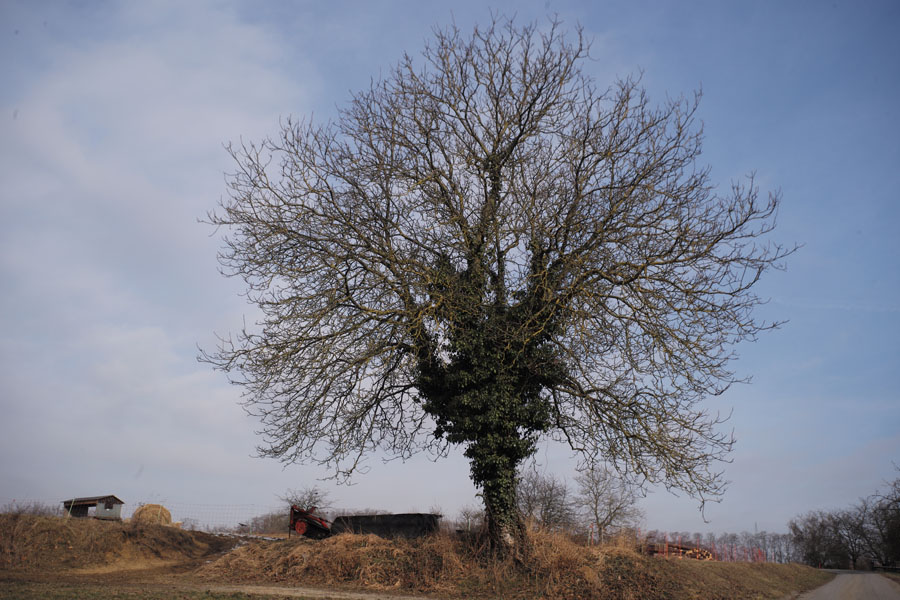 |
|
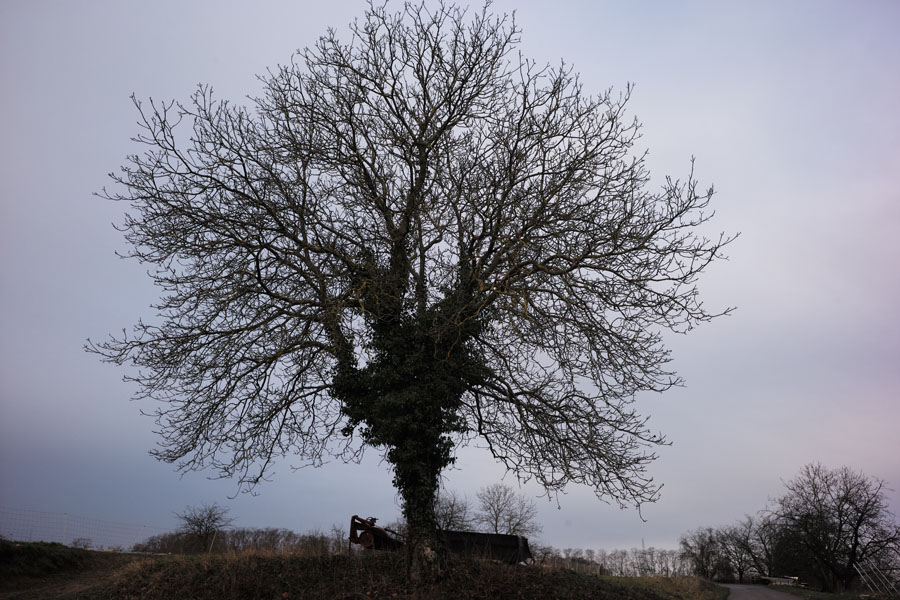 |
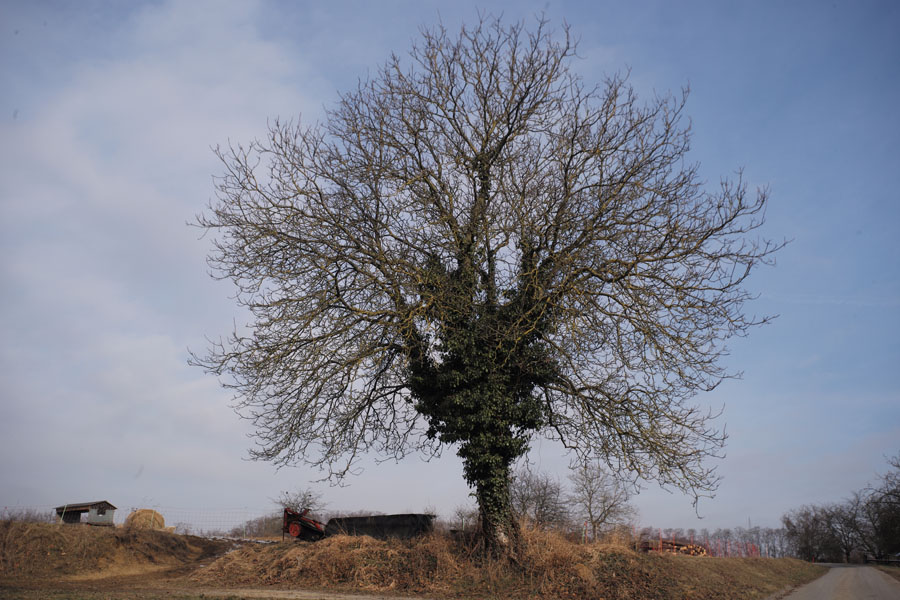 |
|
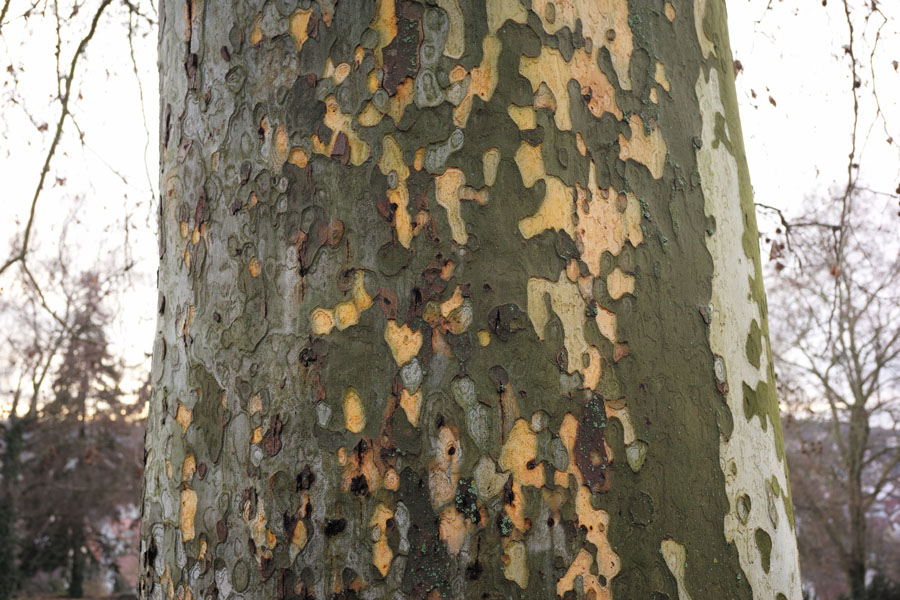 |
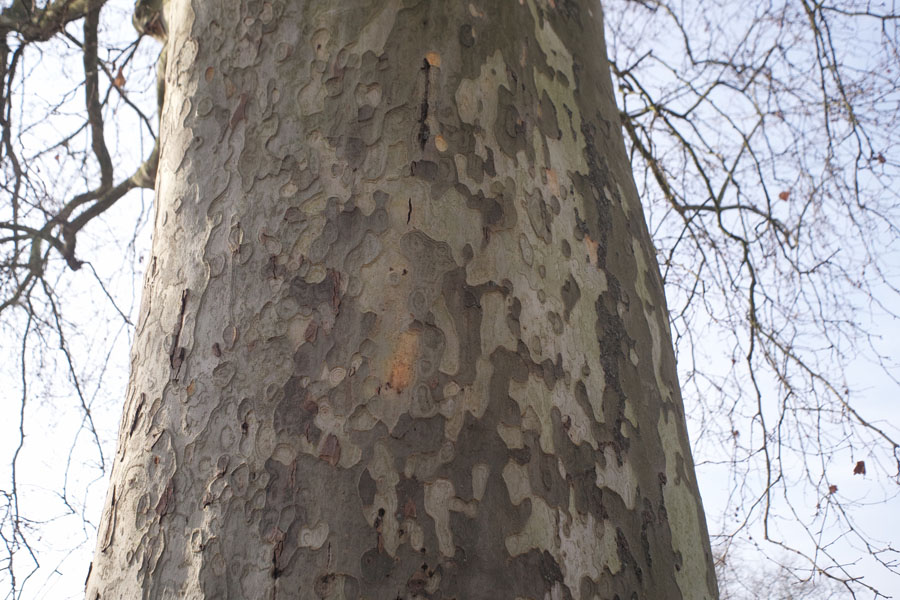 |
Close-Up Behavior
Smallest Object Field / Magnification
| Data | Zeiss Biogon 35mm f/2.8 | Novoflex Noflexar 35mm f/3.5 |
| Smallest object field/width | 652 mm x 434 mm (calculated), 587 mm (from photo) | 265 mm |
| Magnification | 1:18.2 (calculated), 1:16.4 (from photo) | 1: 7.4 (from photo) |
Closest Distance
The following photos are meant to demonstrate the lens's close-up behaviors (Novoflex without barrel extensions):
As a wide angle lens, the Zeiss Biogon 35mm f/2.8 lens is not a "winner" in the close-up realm. This improves, however, considerably if you use an extension tube like the Quenox Extension Tube for Leica M, which is a replacement for the now "extinct" Leitz OUFRO (16469Y) (1 cm). You get a magnification of up to 1:3 with this lens, but you have to get fairly close to the subject...
The Novoflex Noflexar 35mm f/3.5, on the other hand is a macro lens with an inbuilt barrel extension feature (4 click-stops). It achieves a magnification of about 1:2 without any other tools (see here for more information). At the closest distance, of 30 cm, this lens achieves a magnification of 1:7.4, which is a little better than a DIN A4 sheet of paper.
Conclusions
Disclaimer: I am not a lens expert who sees marked differences between various Leica and/or other lenses. I can check for soft corners, find differences in color rendition, and, in rare cases, may discover a "3D look", but that's all. Please regard therefore my conclusions as the verdict of a "layman".
Since this ia a "fun" comparison, there is not a "conclusion" in place. The question that I ask myself is, whether there are conditions in which the fuzzier Novoflex images may be superior to or more interesting as photos that were taken with an "ordinary" lens. I assume that there are, but it is difficult to tell this in beforehand. And it is also difficult to judge the Noflexar photos on the camera, that is, "in situ". Probably, this will remain a field of experimentation and just giving it a try...
Links
- Zeiss Biogon 35mm f/2.8 (Zeiss, English): lenses.zeiss.com/photo/en_DE/products/ikon/cbiogont2835zm.usage.html
- Zeiss Biogon 1:2,8/35 mm (Zeiss, German): lenses.zeiss.com/photo/de_DE/products/ikon/cbiogont2835zm.usage.html
- Zeiss Biogon 35mm f/2.8 at Ken Rockwell "Leica Lens Reviews" (scroll the list): www.kenrockwell.com/leica/lens-reviews.htm#35 • full review: www.kenrockwell.com/zeiss/zm/35mm-f28.htm
- C-Biogon-T* 2.8/35 ZM: the king of flare reduction? (Erwin Puts): www.imx.nl/photo/zeiss/styled-12/ (images missing)
- The Zeiss C Biogon 35/2.8 review (Joeri van der Kloet) : joerivanderkloet.com/zeiss-c-biogon-352-8-review
- Help with a Close Focusing 35mm for Leica M240 (thread started by Joshs): www.l-camera-forum.com/topic/267926-help-with-a-close-focusing-35mm-for-leica-m240 - Posting by duckrider: www.l-camera-forum.com/topic/267926-help-with-a-close-focusing-35mm-for-leica-m240/#entry3179287
- Novoflex Noflexar 35mm f/3.5 info sheet (Novoflex): www.macrolenses.de/bilder/Noflexar_Makro_en_02.pdf
- Novoflex Noflexar 1:3,5/35mm (sagafoto.at, in pentaxforums.com): www.pentaxforums.com/userreviews/novoflex-noflexar-f35-35mm.html
- Novoflex Noflexar 35mm f/3.5 Macro (Chloressigsäureethylester, flickr): www.flickr.com/photos/54671350@N02/sets/72157632877252810/
- Die Sammlung Kurt Tauber: Novoflex Noflexar 1:3,5/35 mm (Kurt Tauber): www.kameramuseum.de/2objektive/novoflex/noflexar-3,5-35%20mm.html (in German)
- Das Novoflex System für die Exakta Varex (Photo but More, Horst Neuhaus): photobutmore.de/exakta/objektive/novoflex/ (in German)
- Noflexar 1:3,5/35 (flickr, Alfred): www.flickr.com/photos/alf_sigaro/4291226672 (in German)
| 04.07.2024 |
